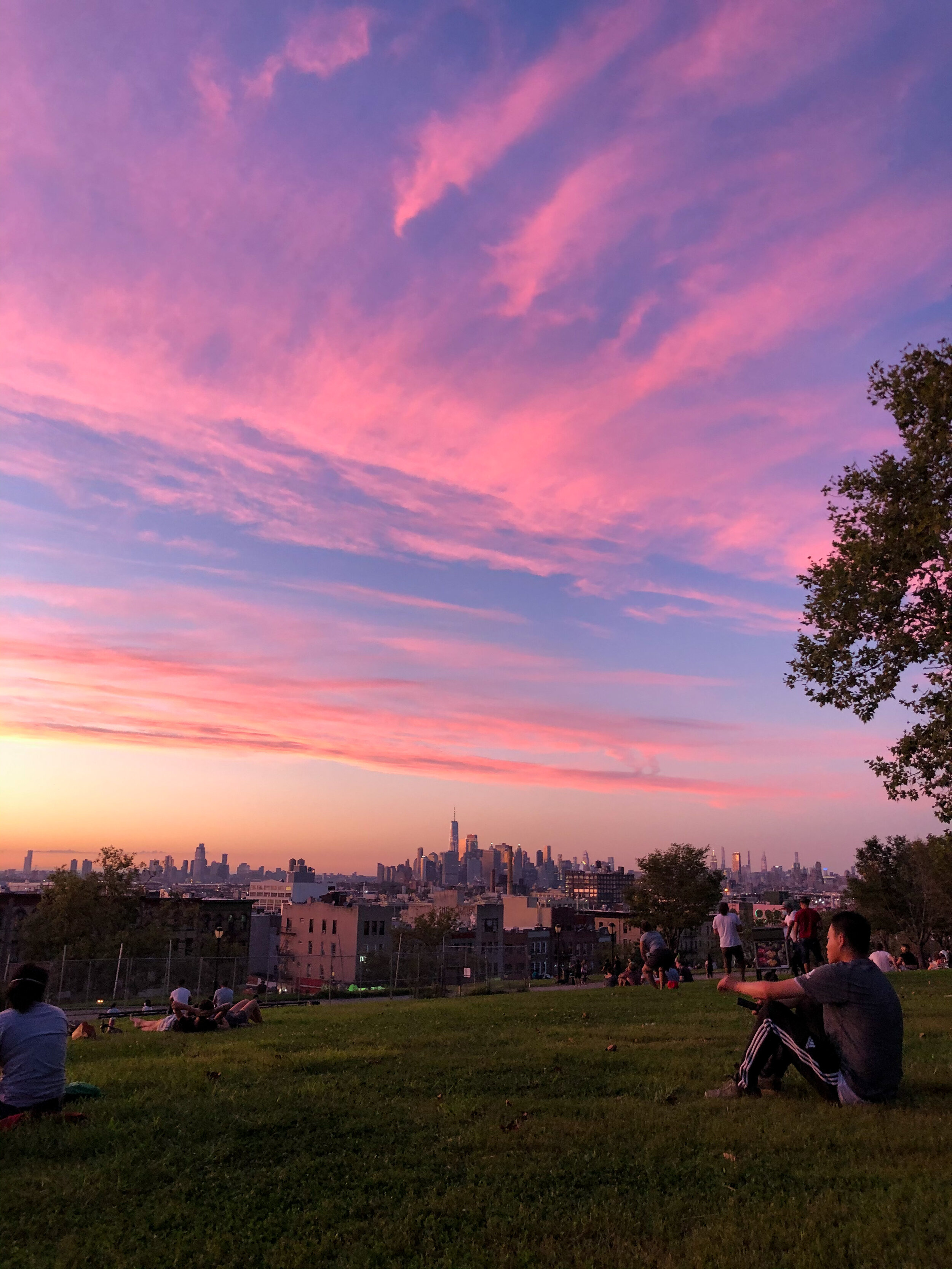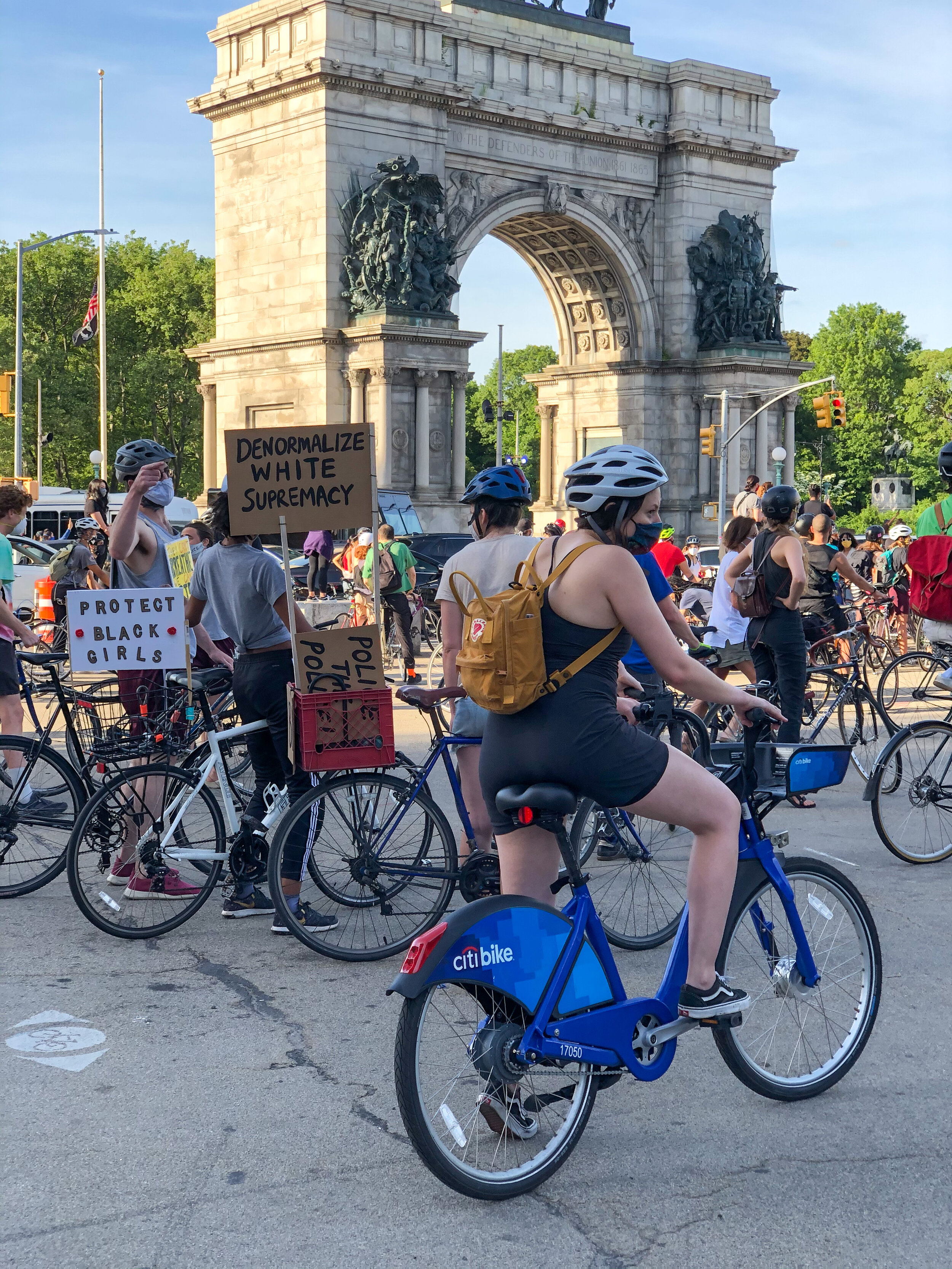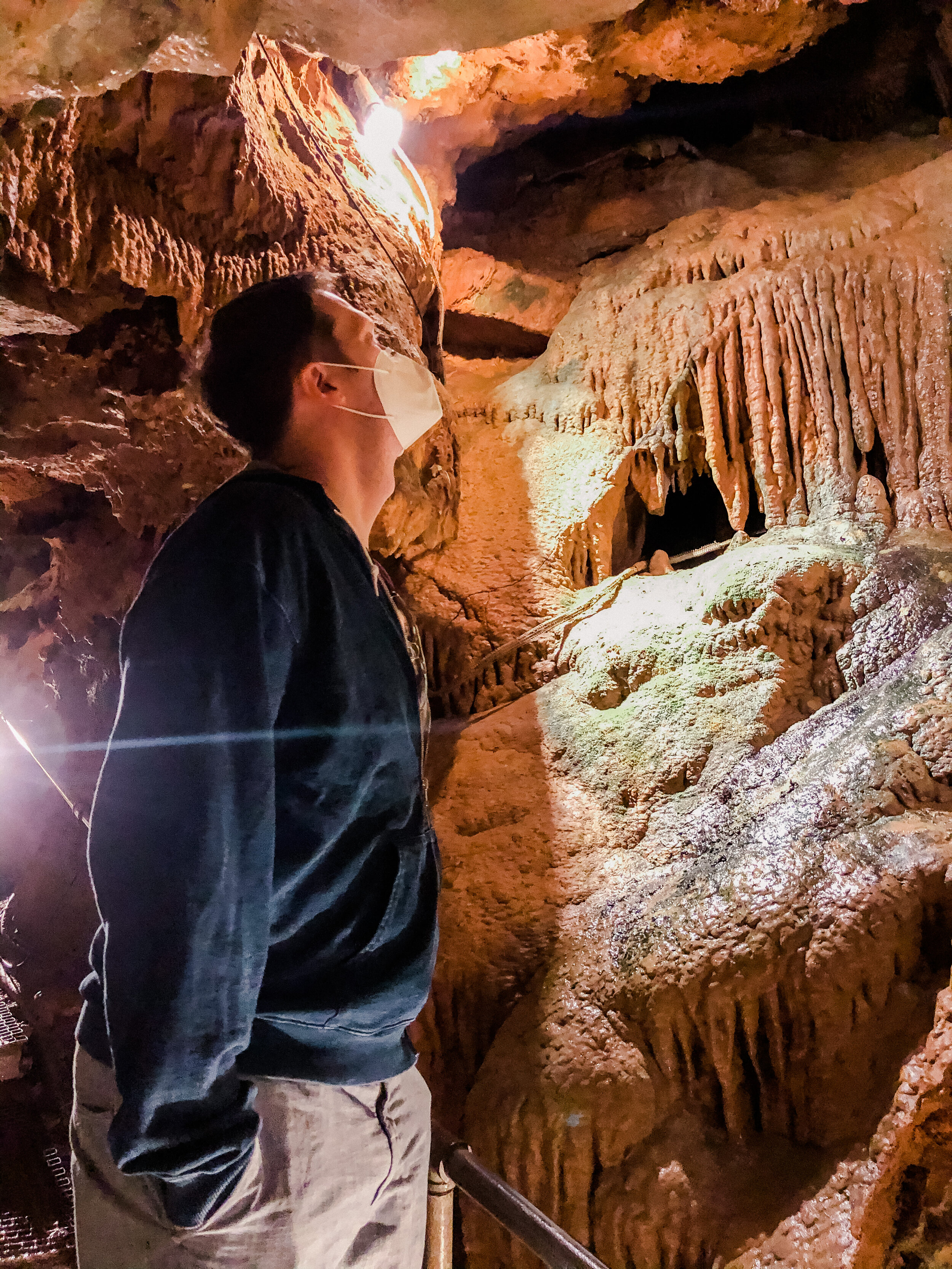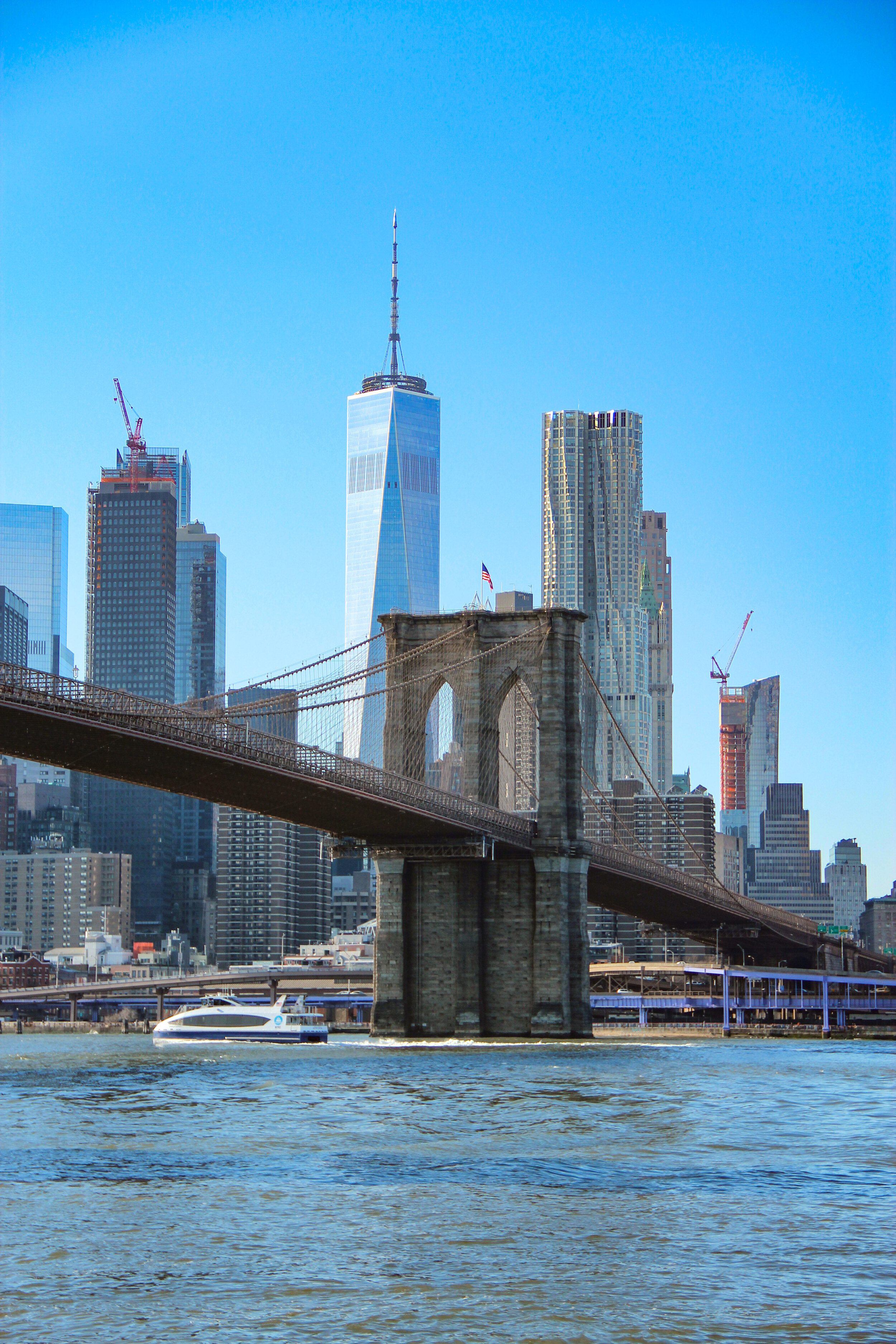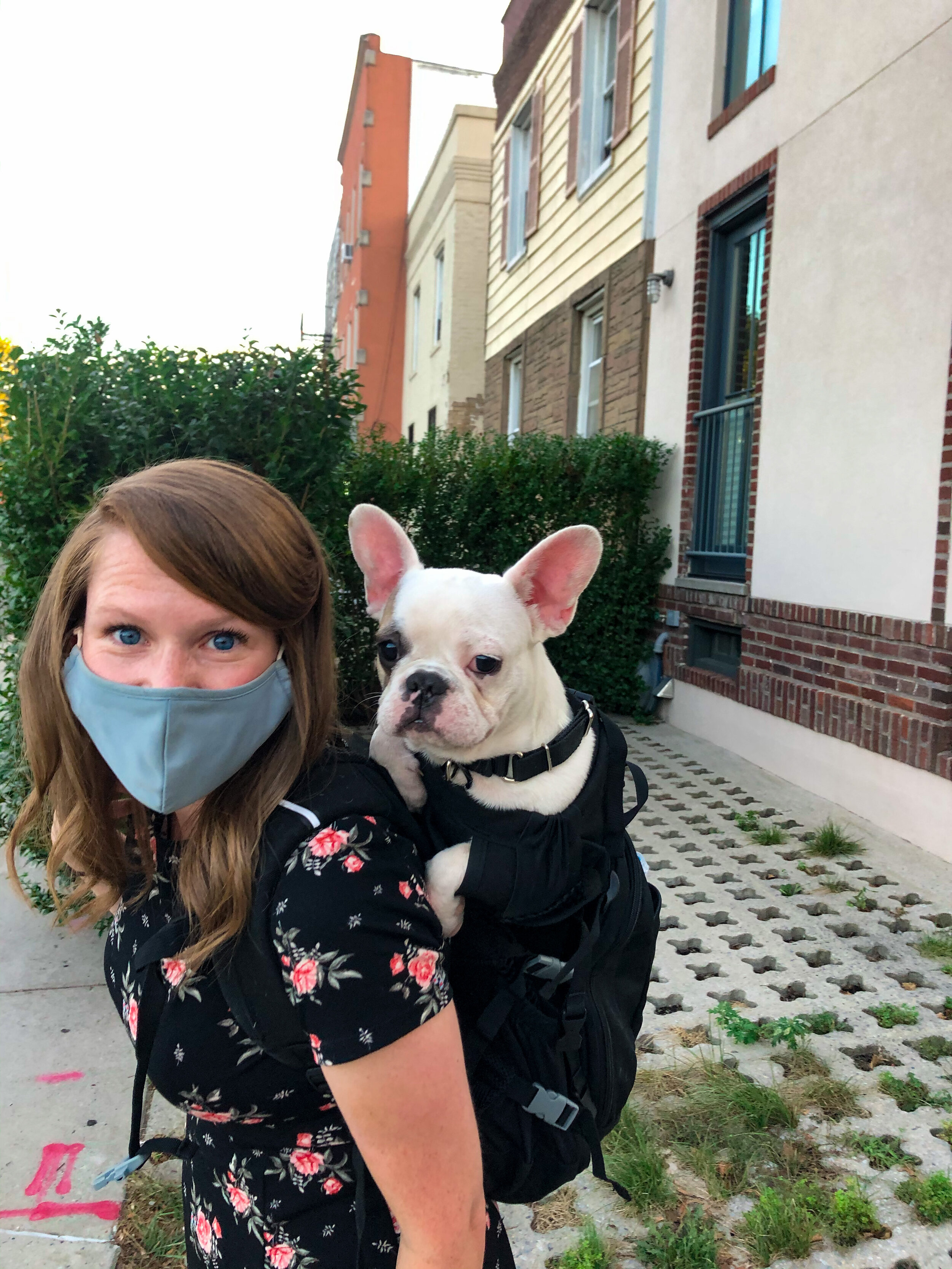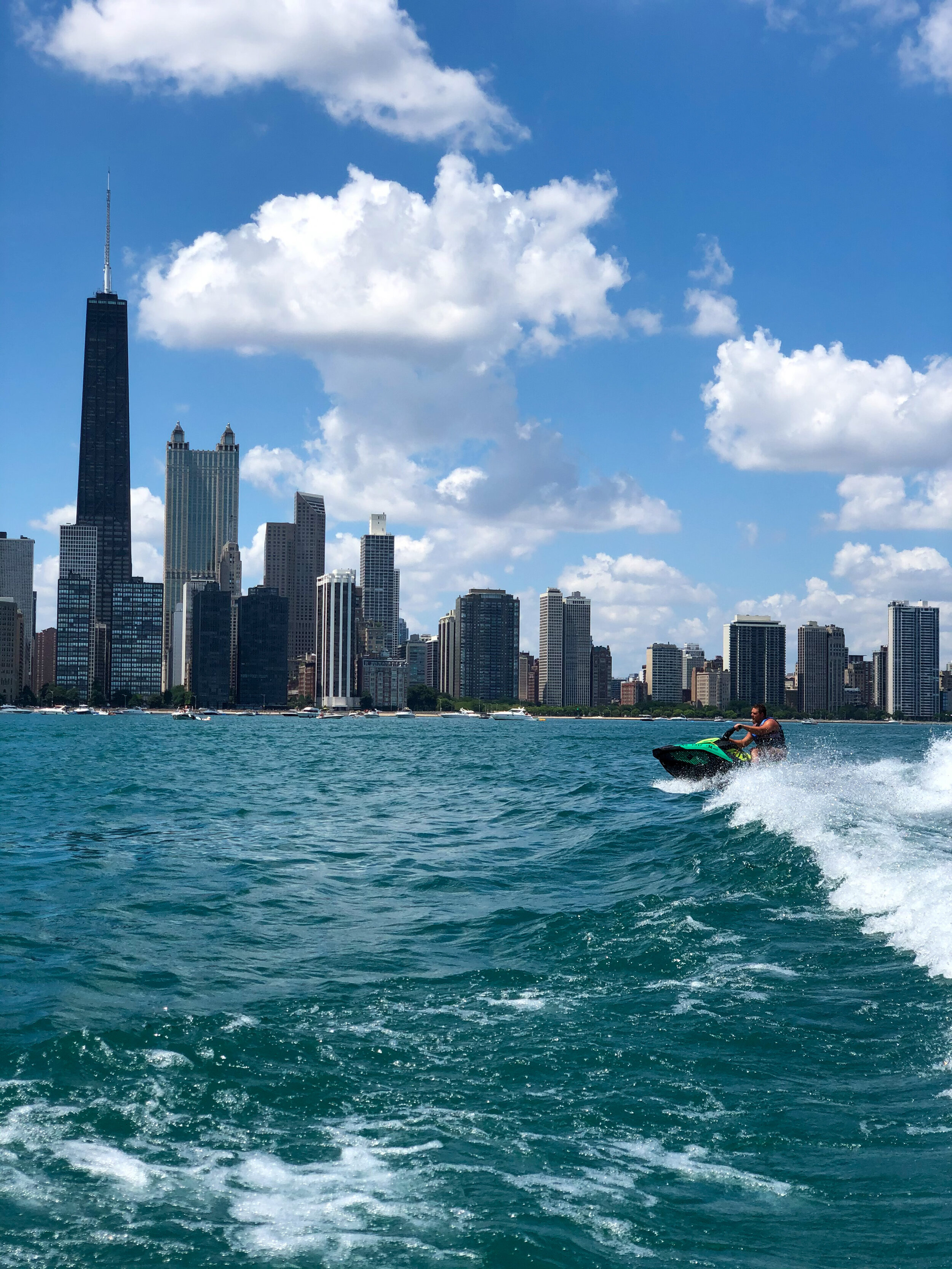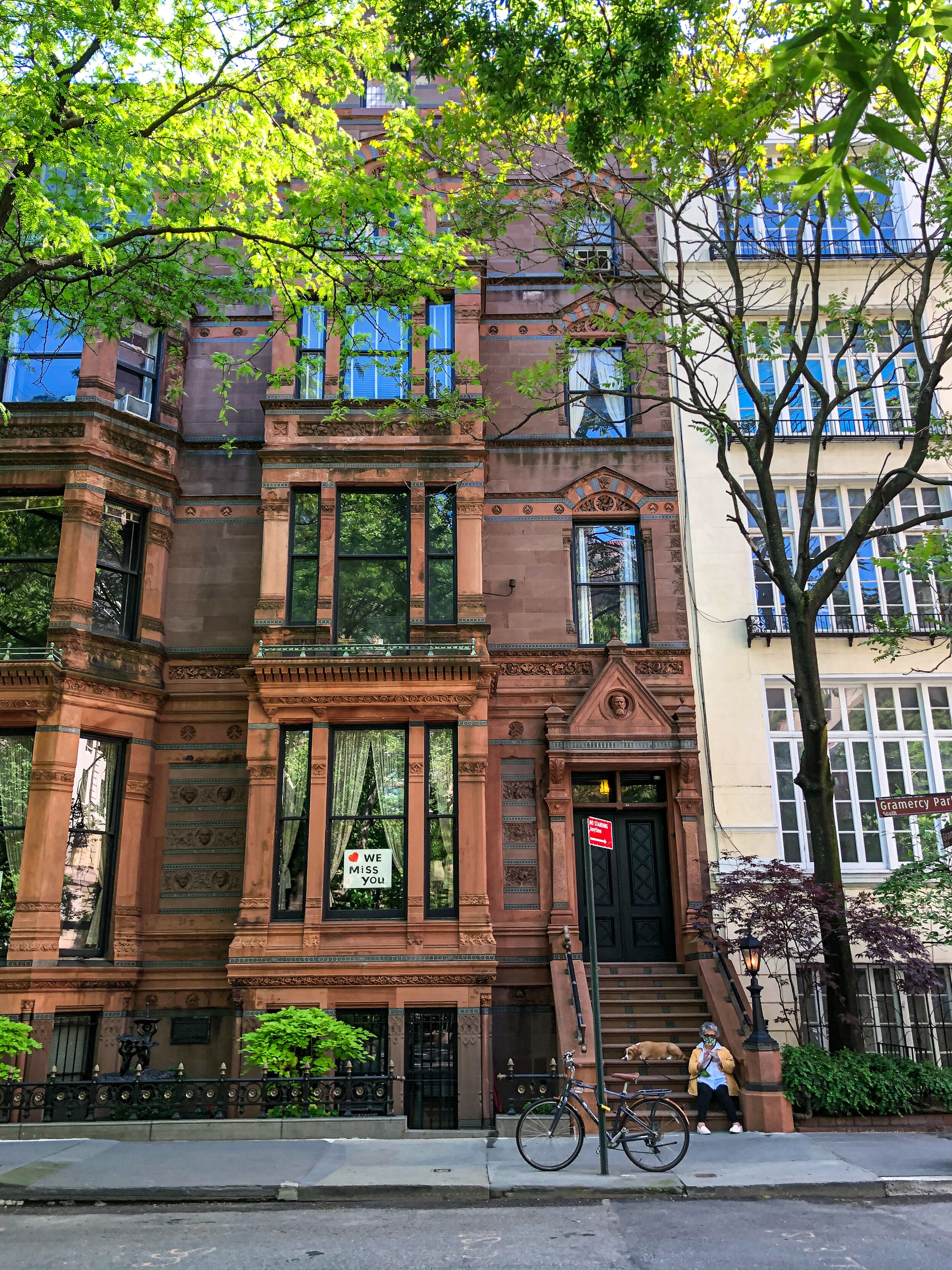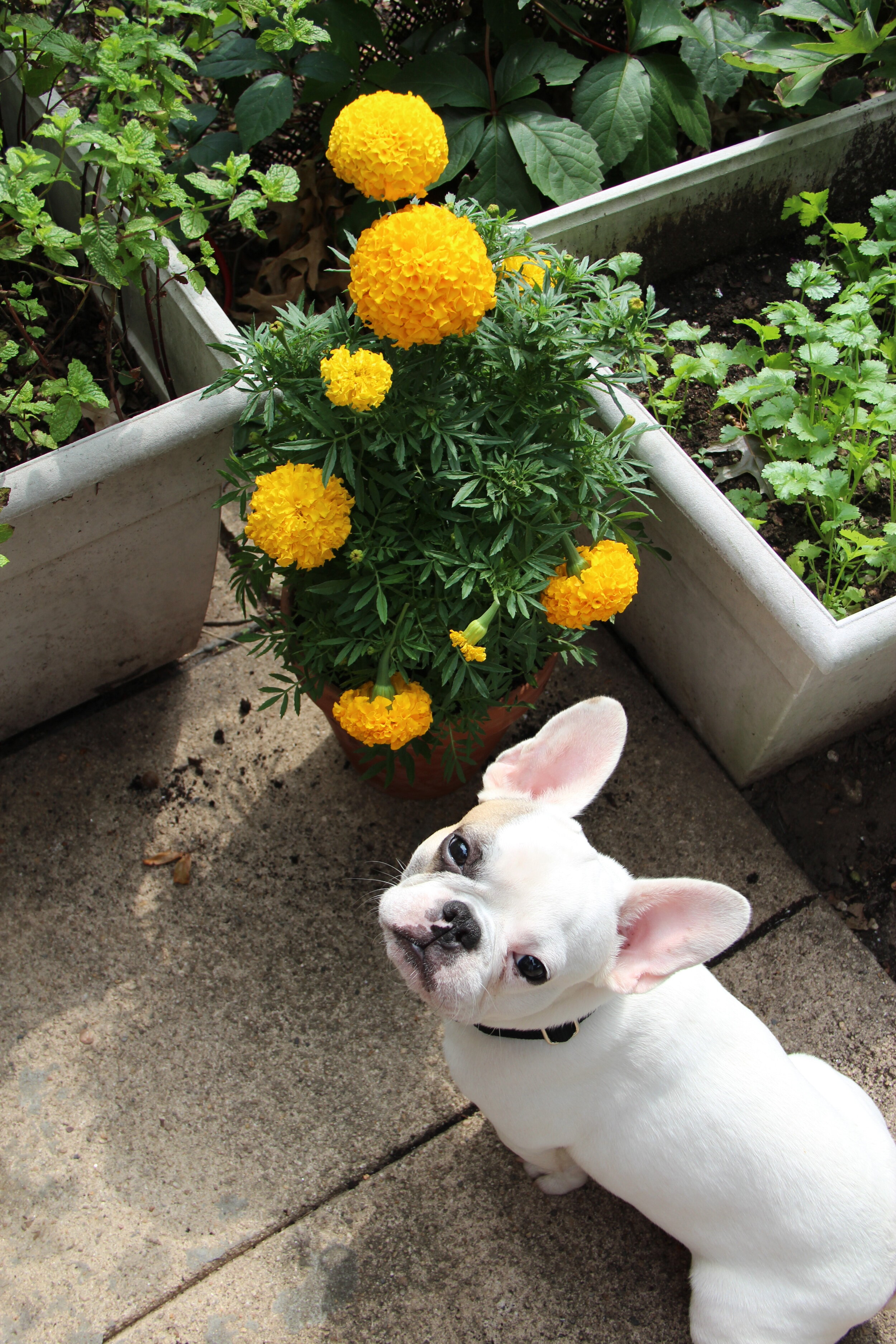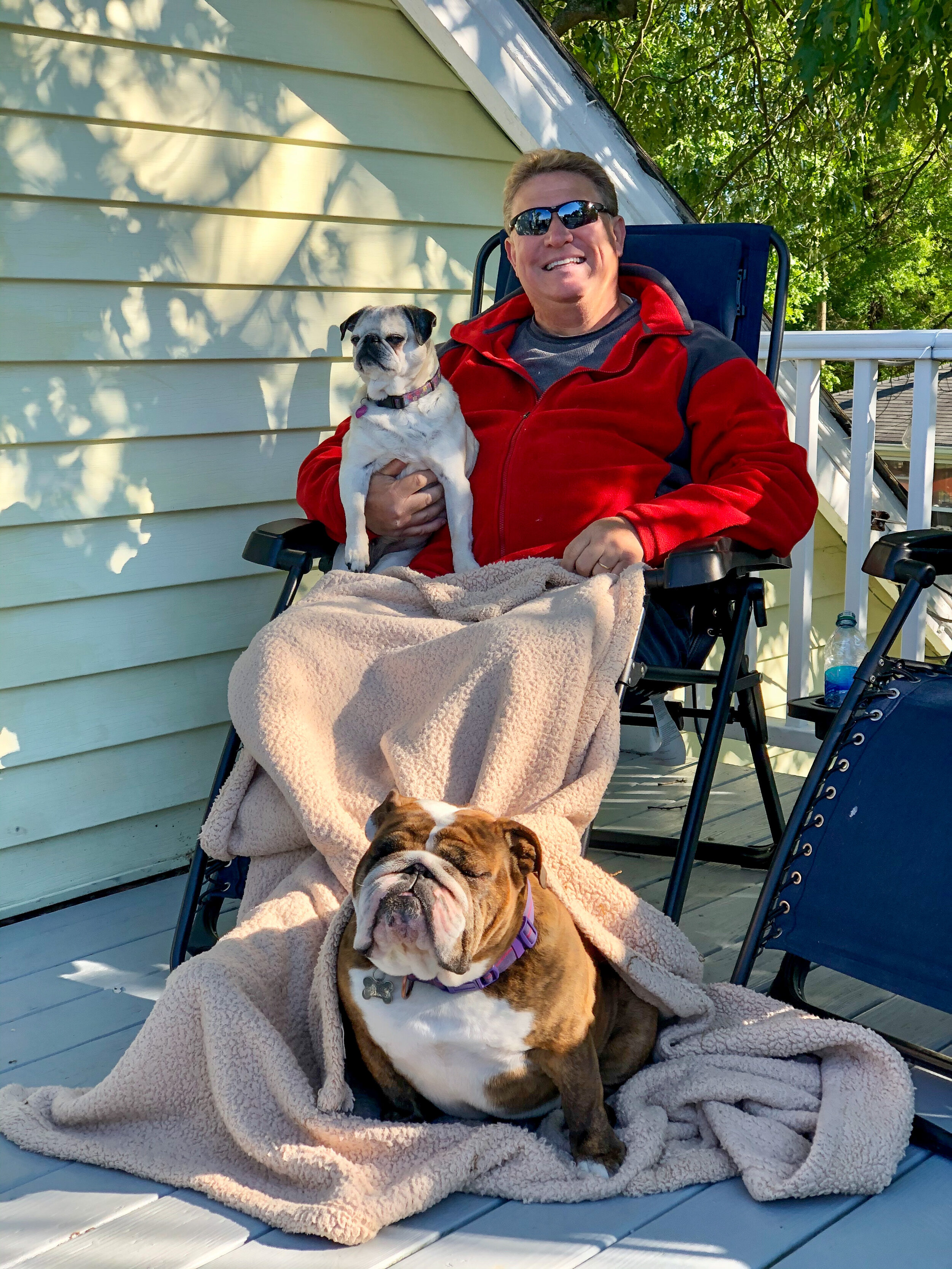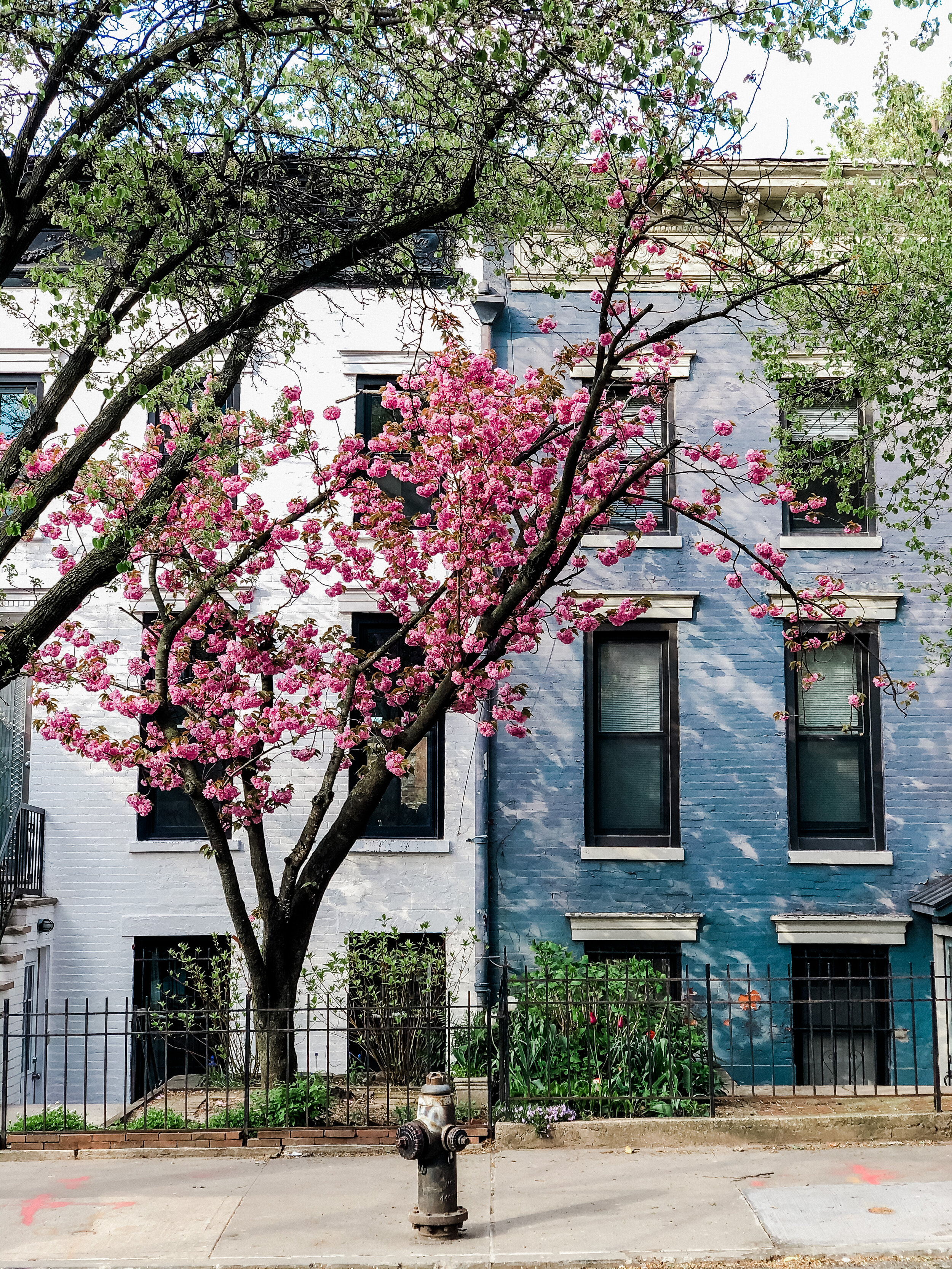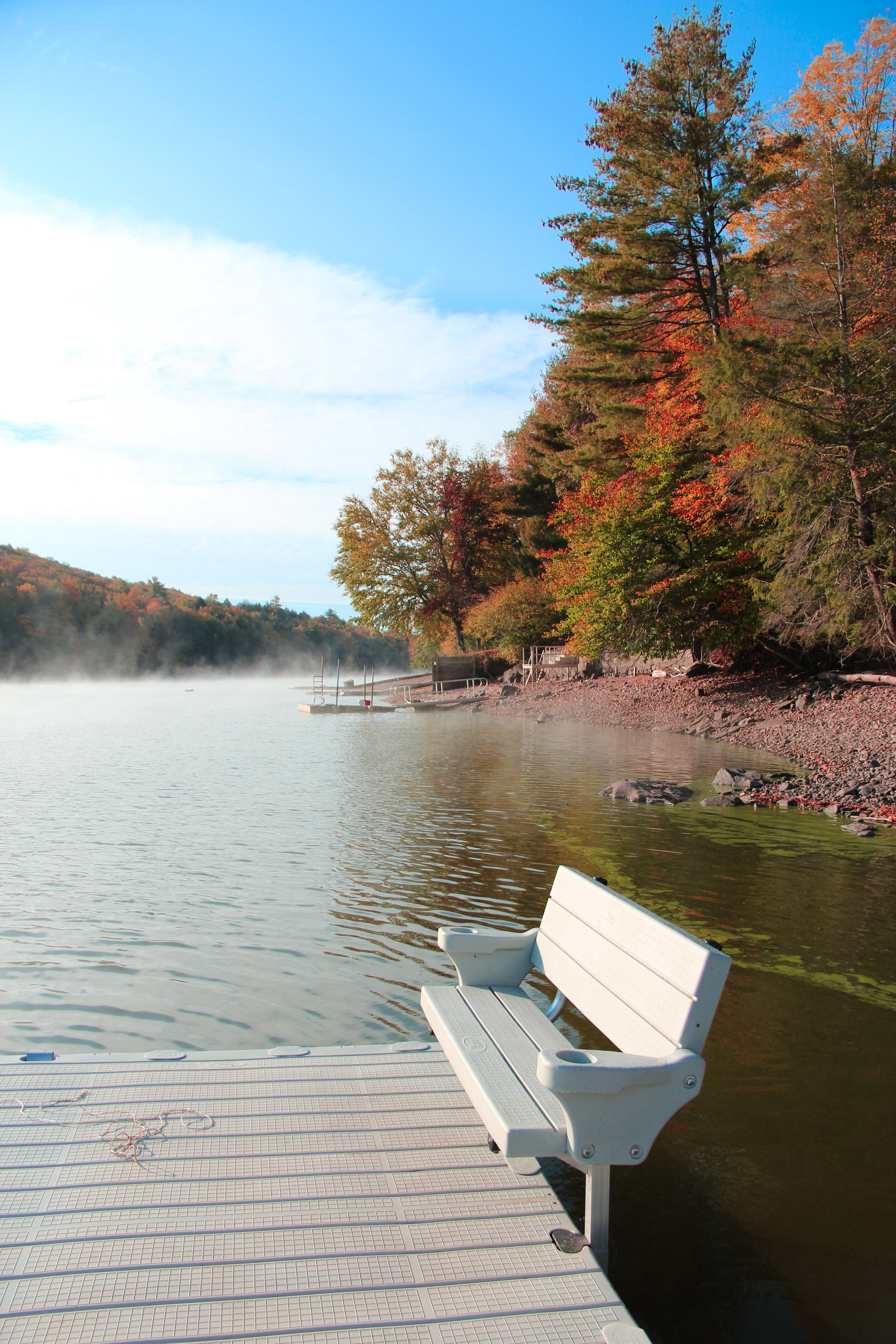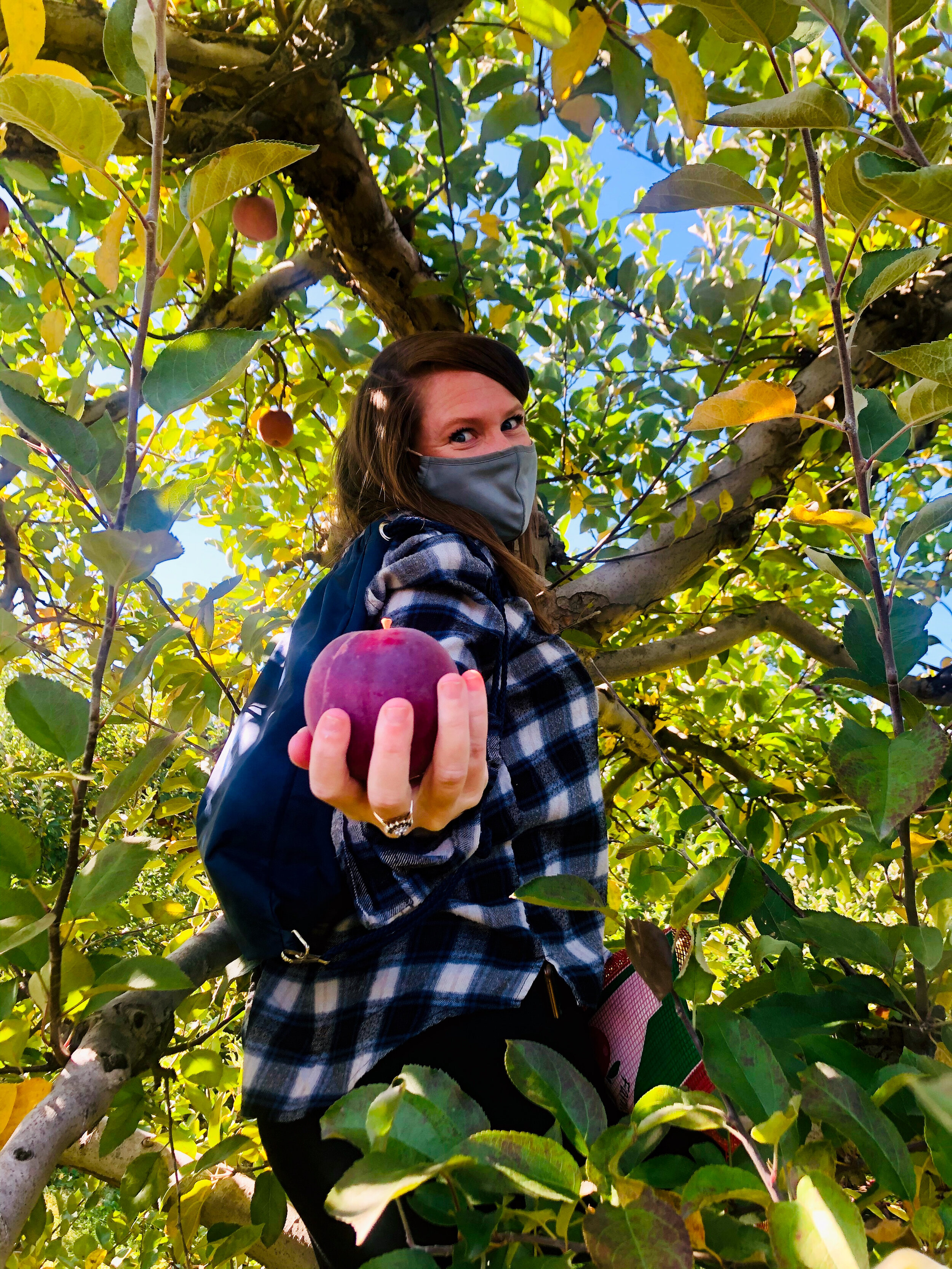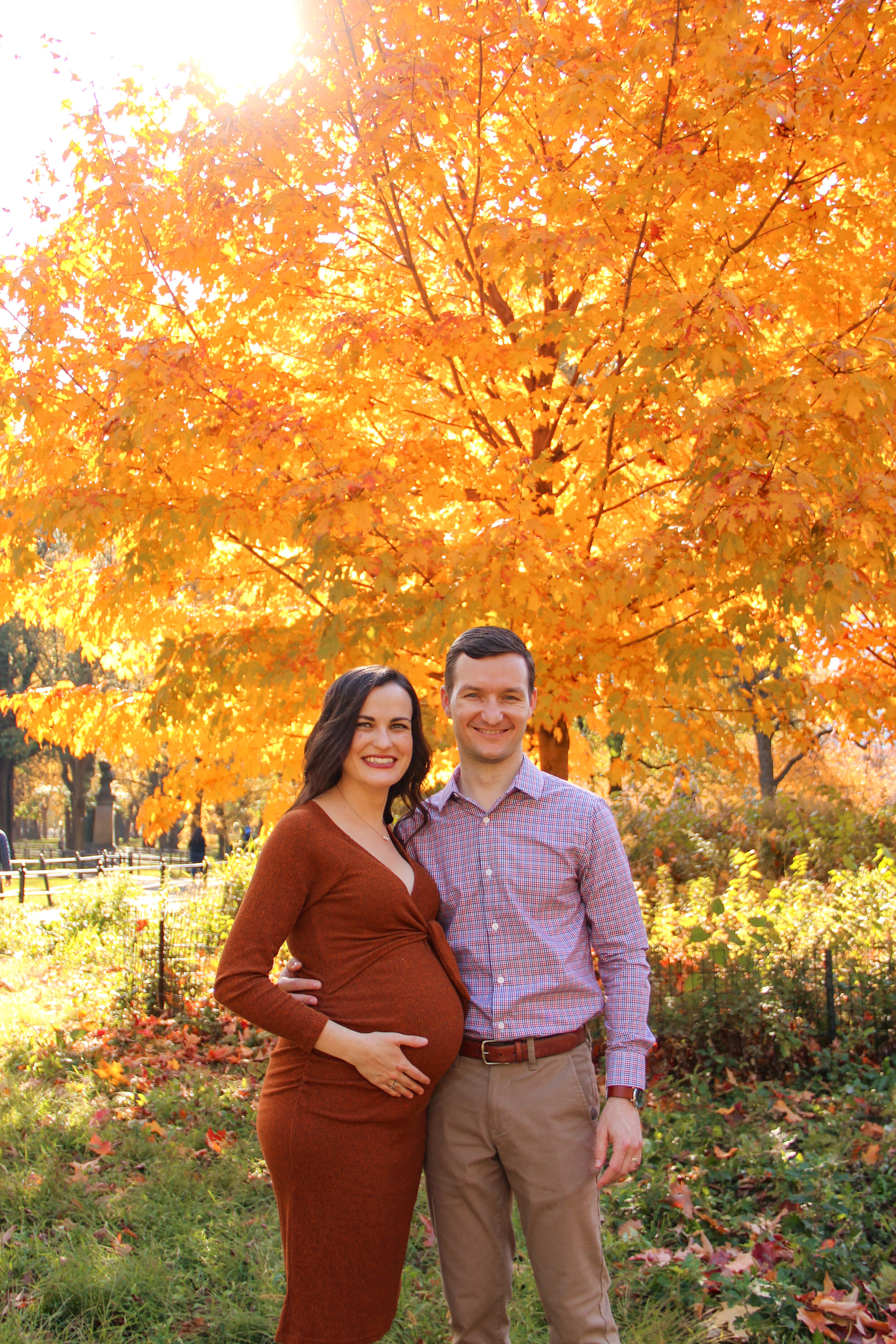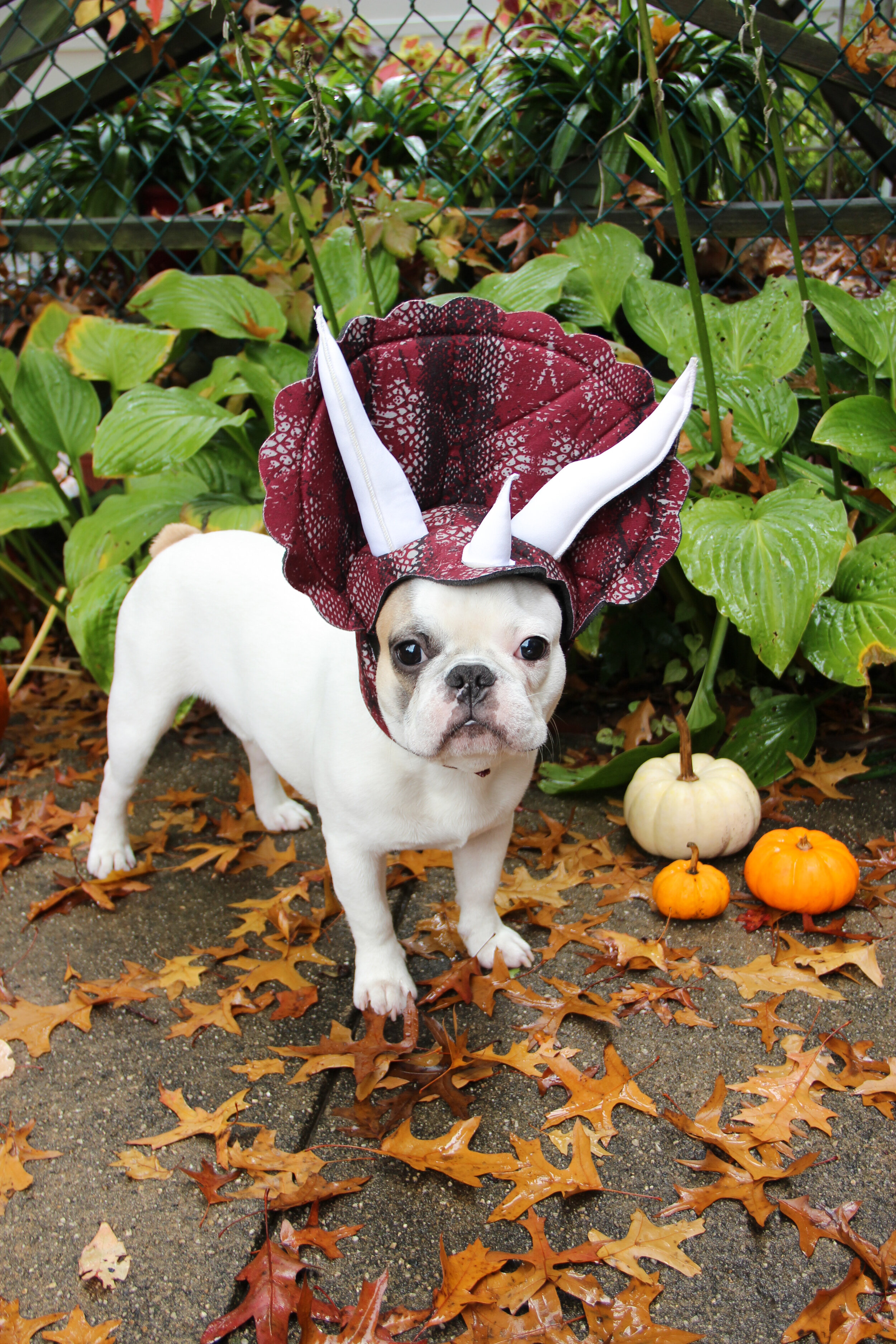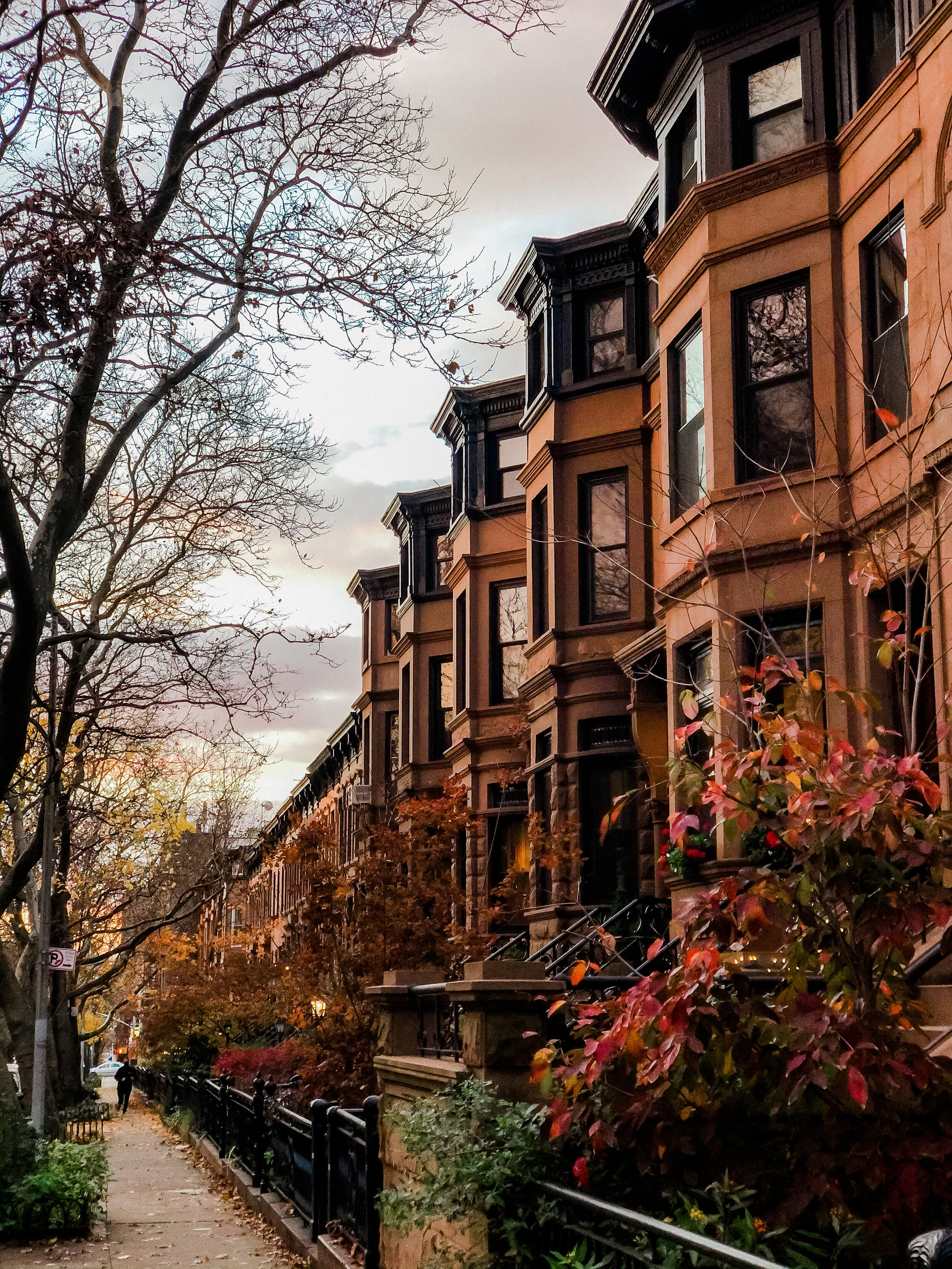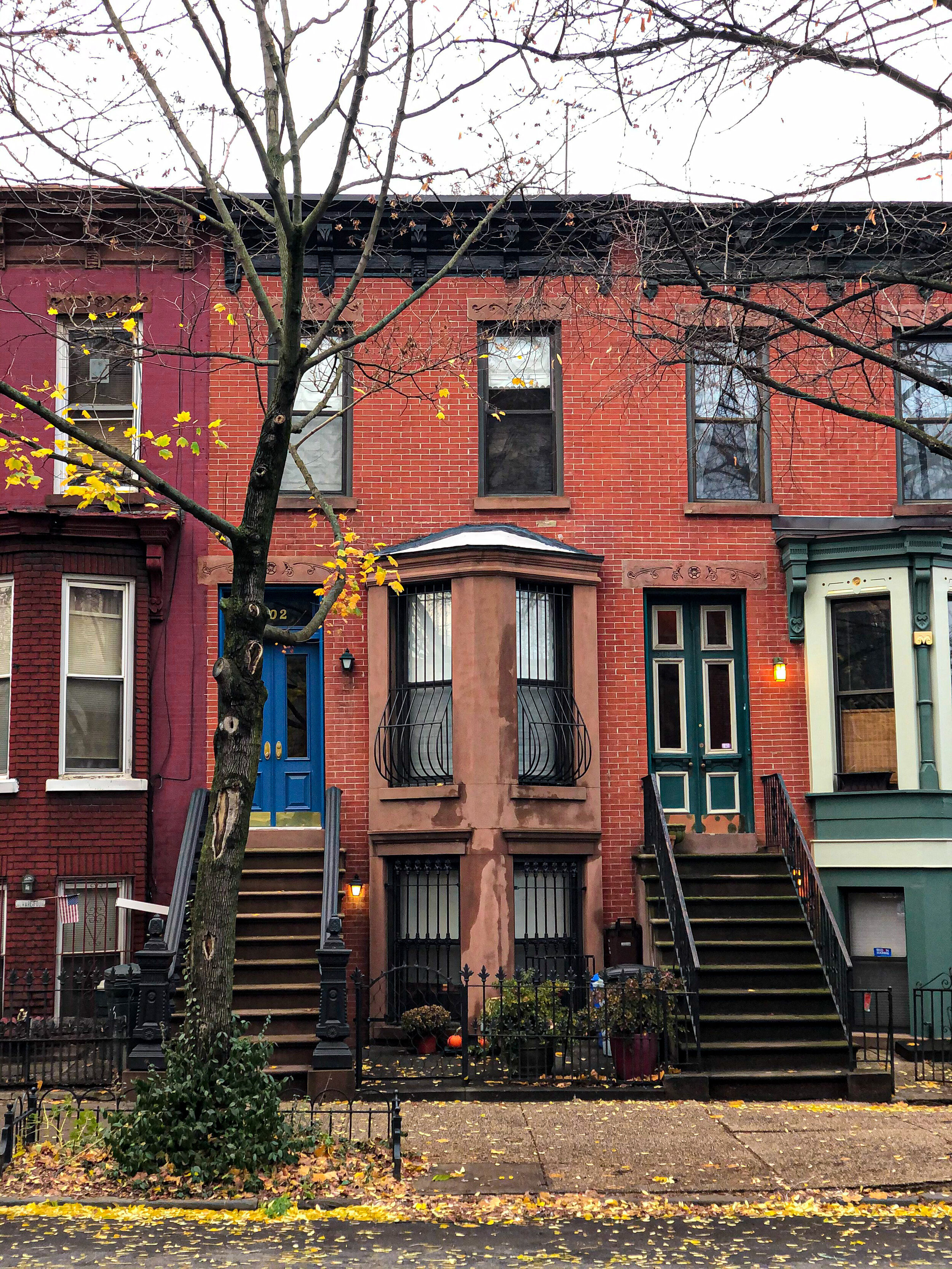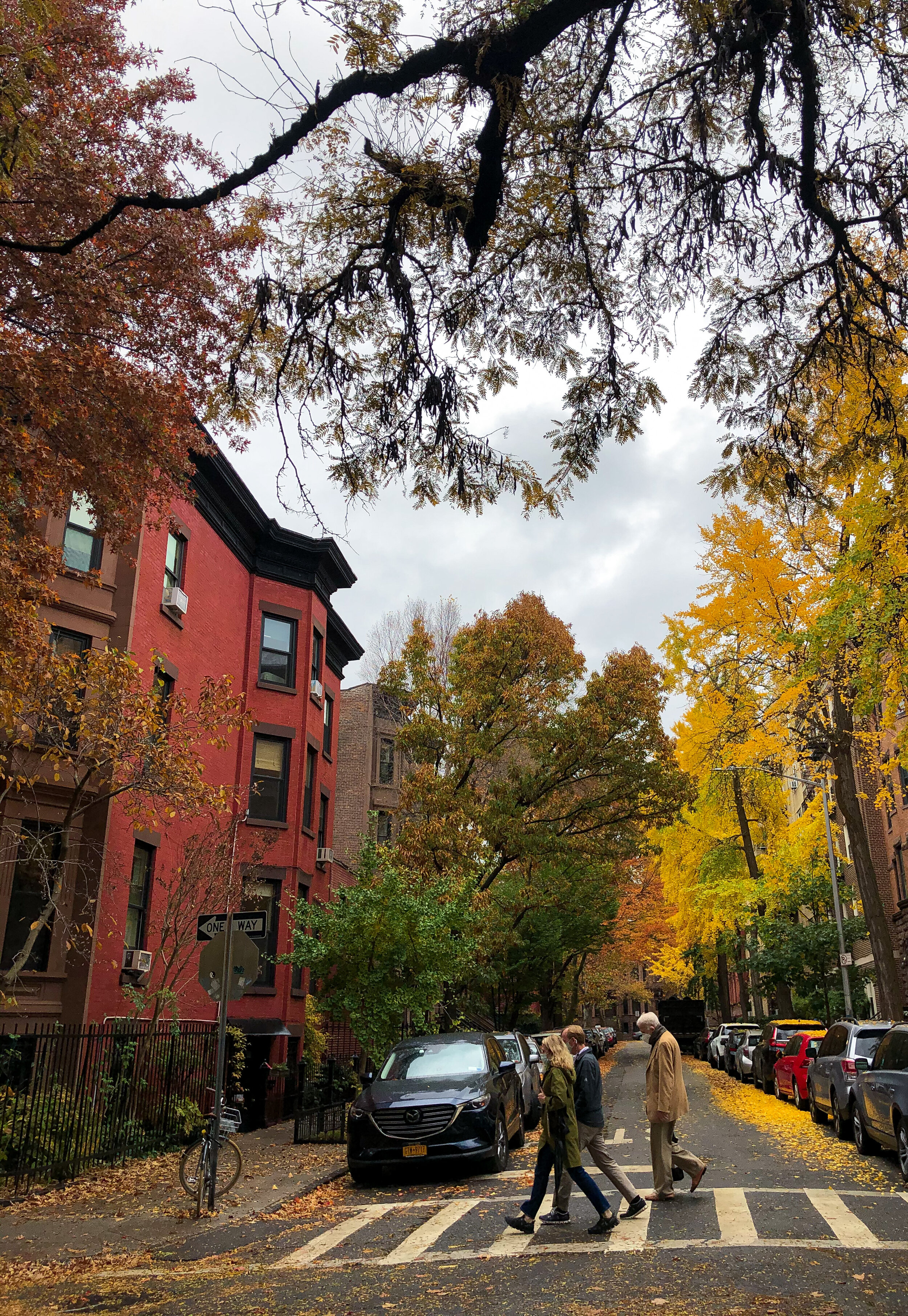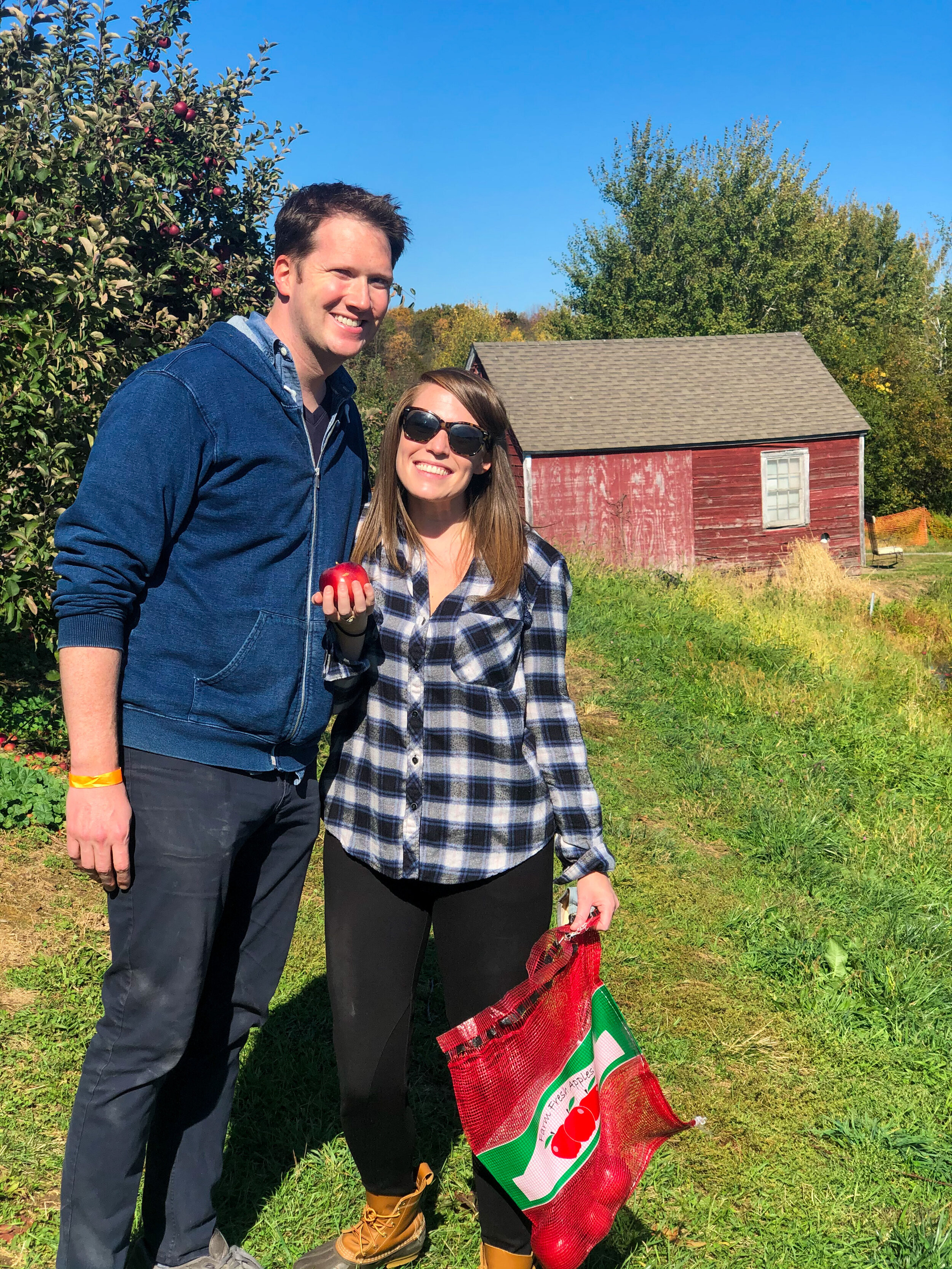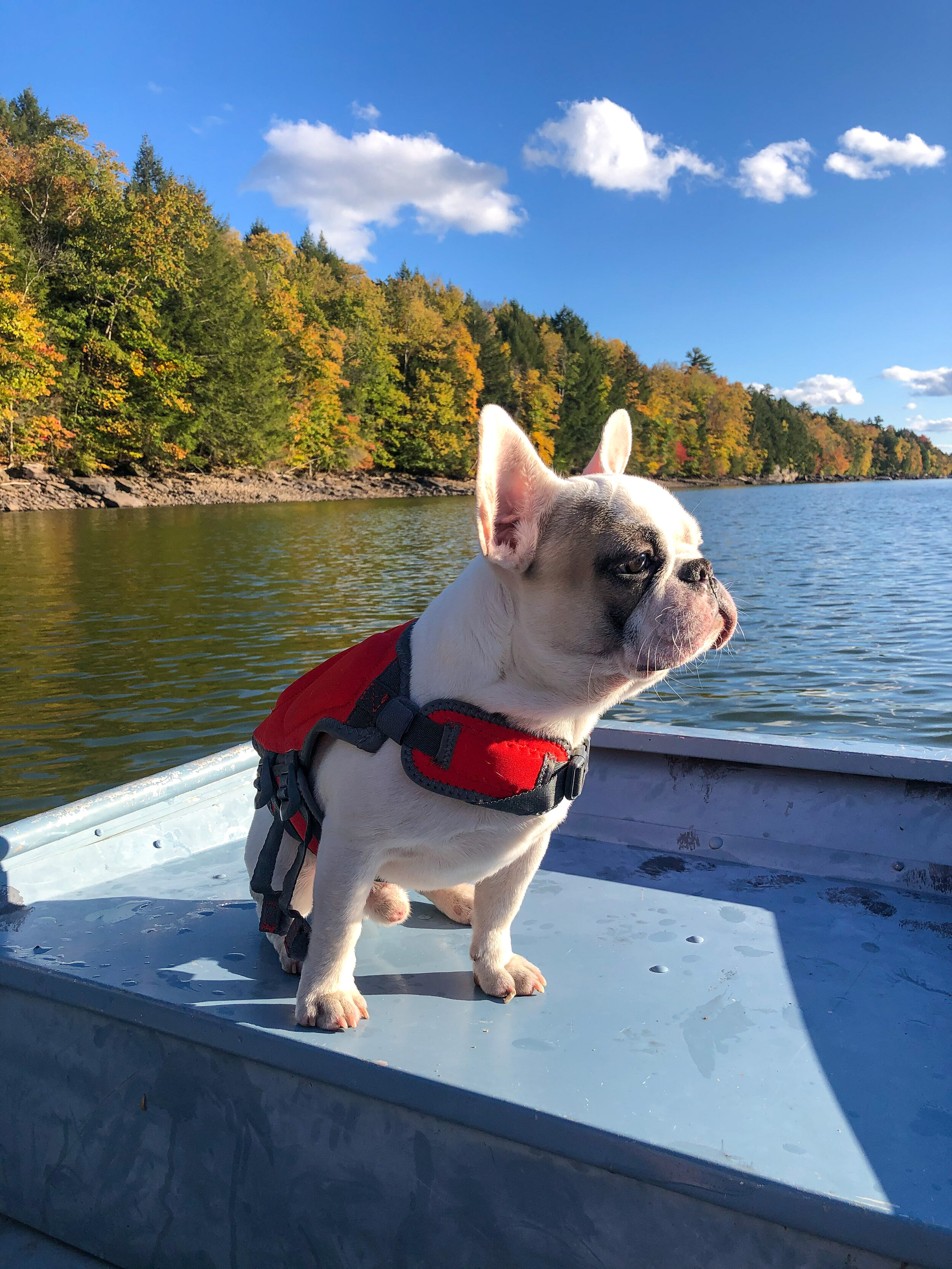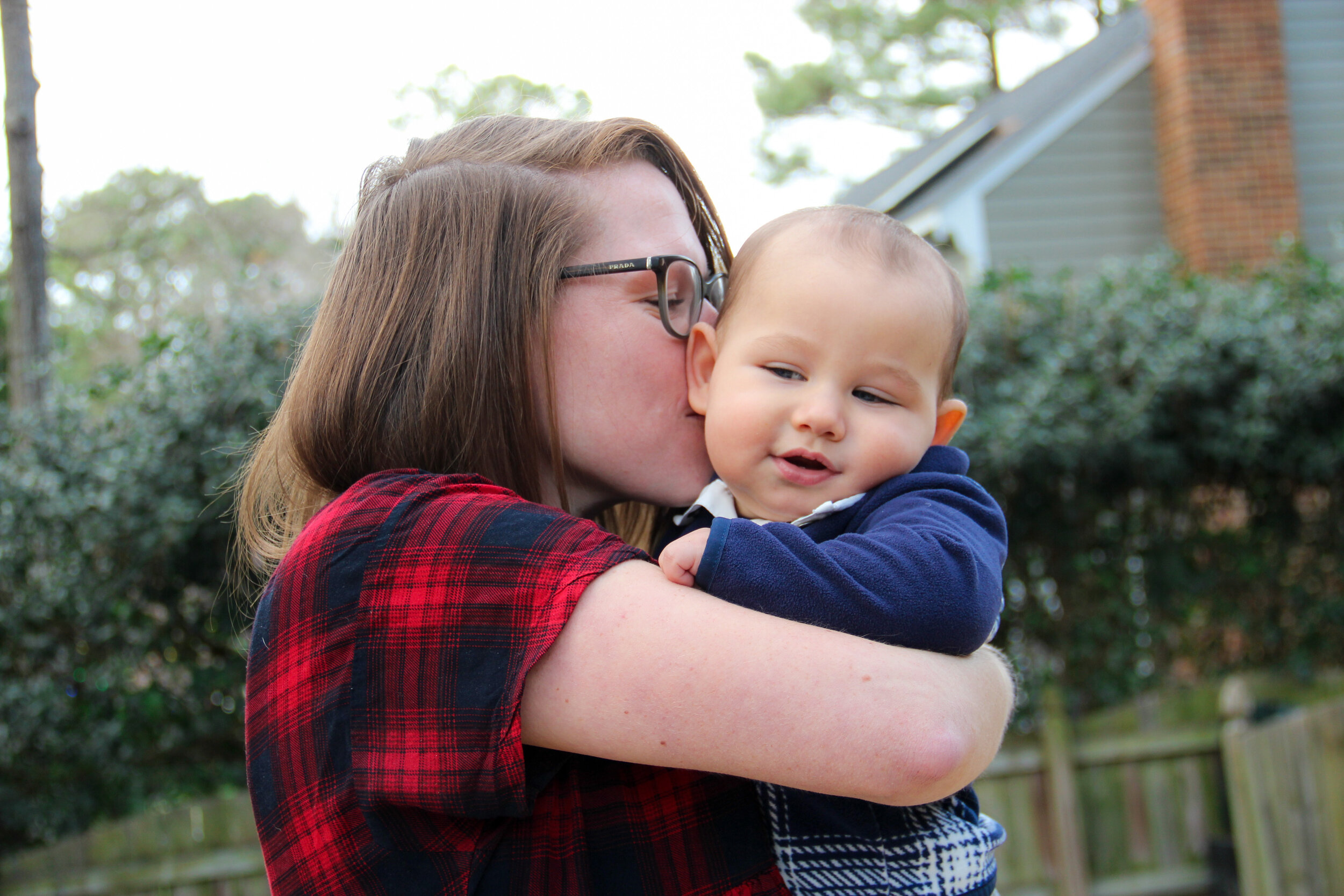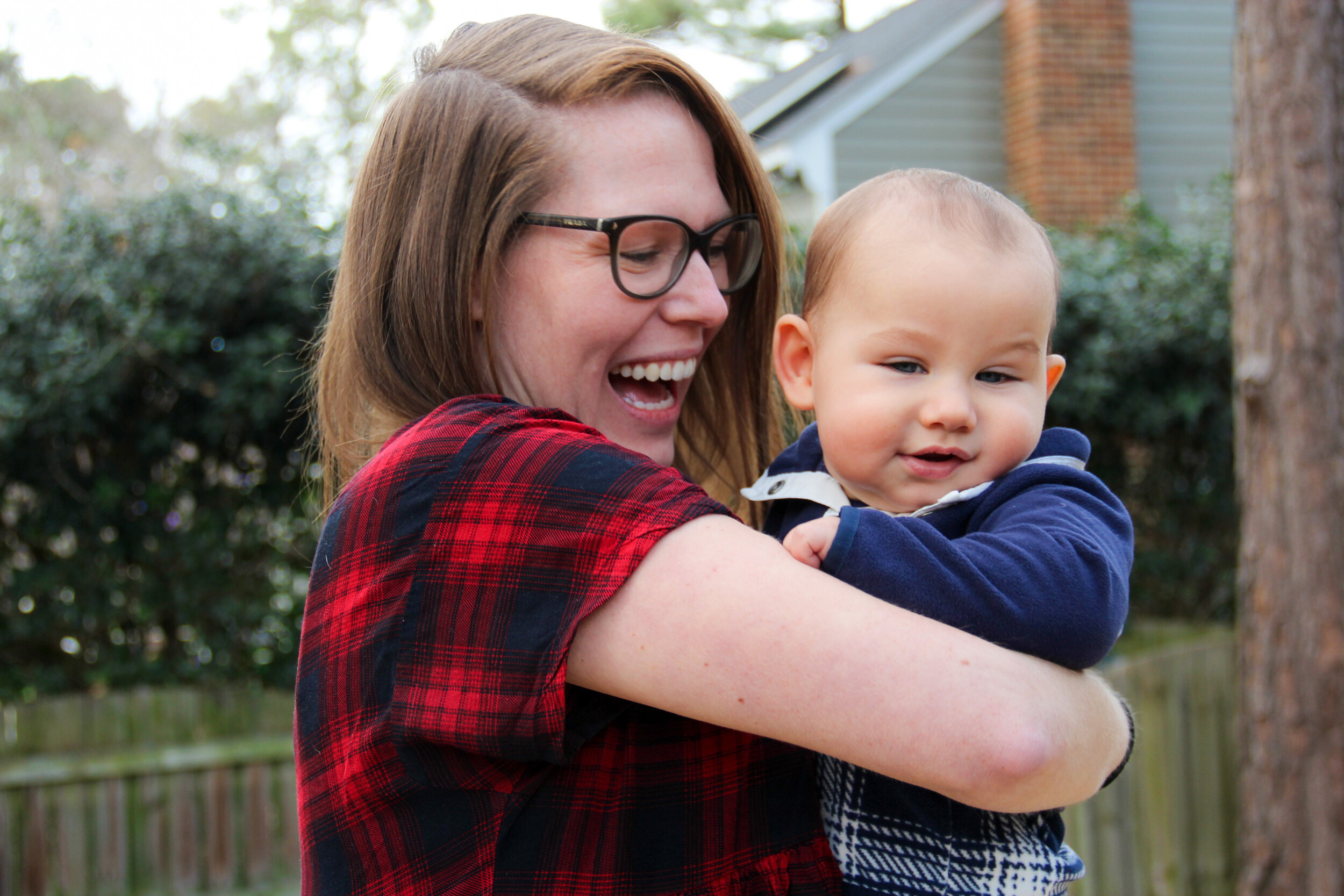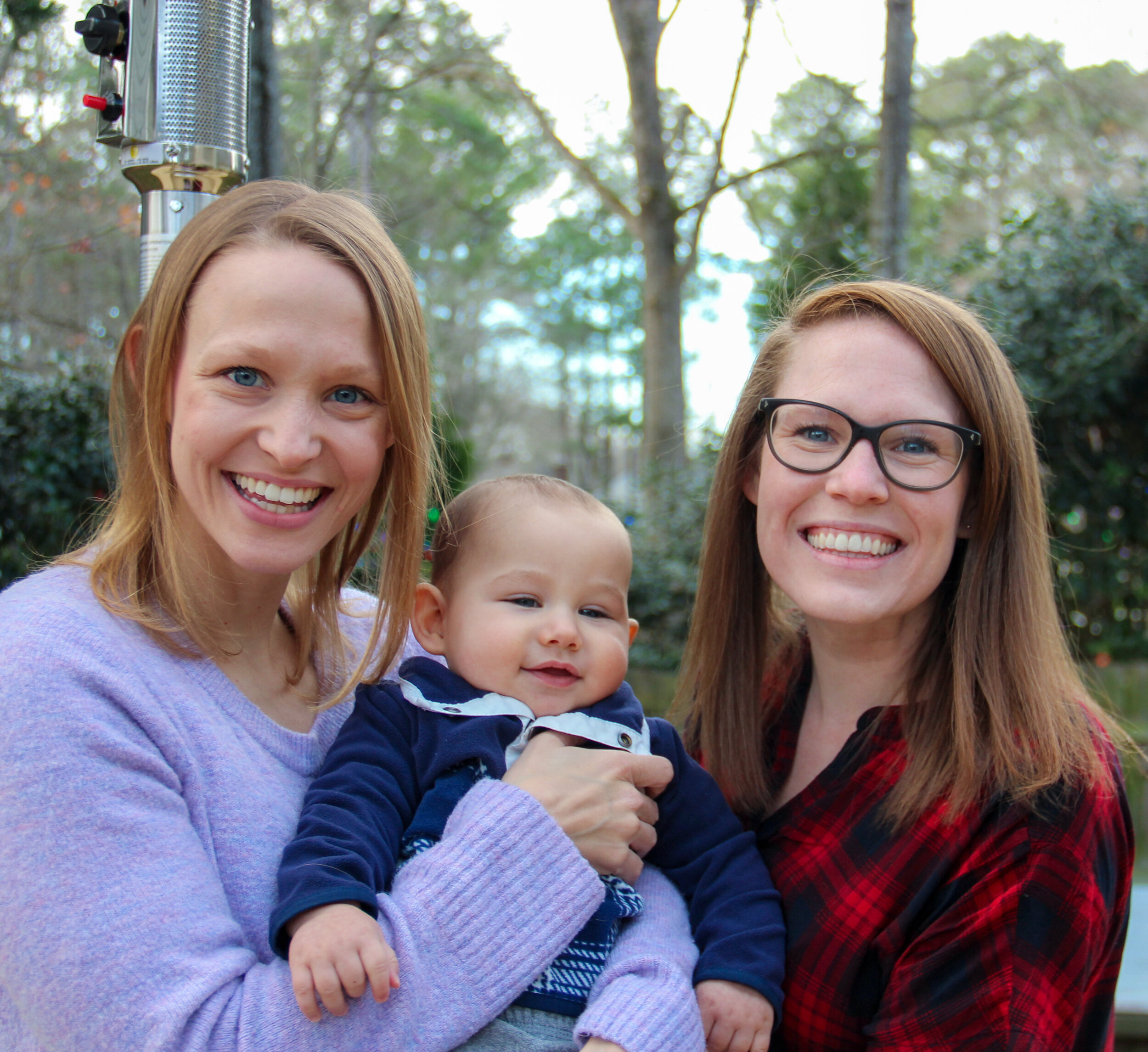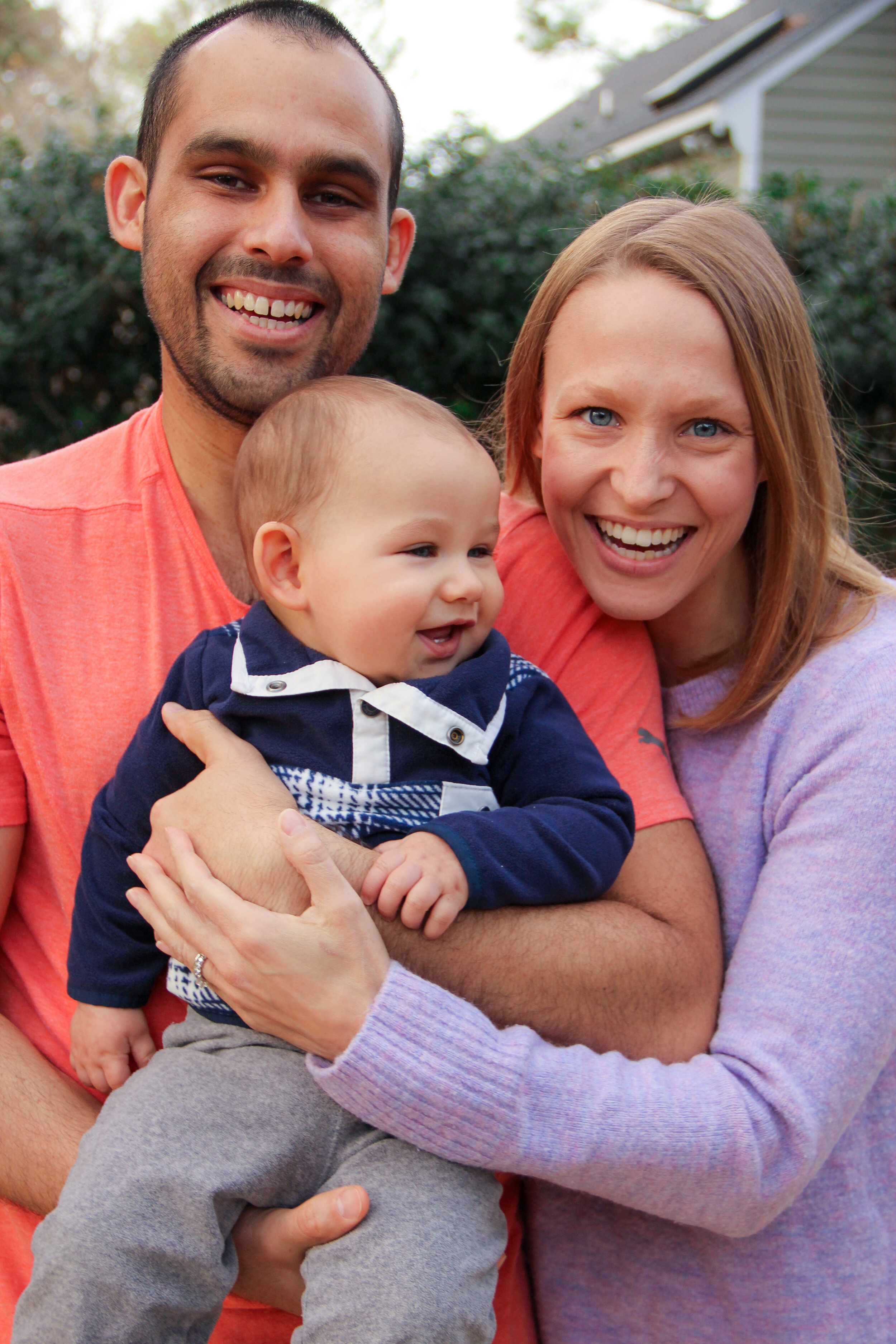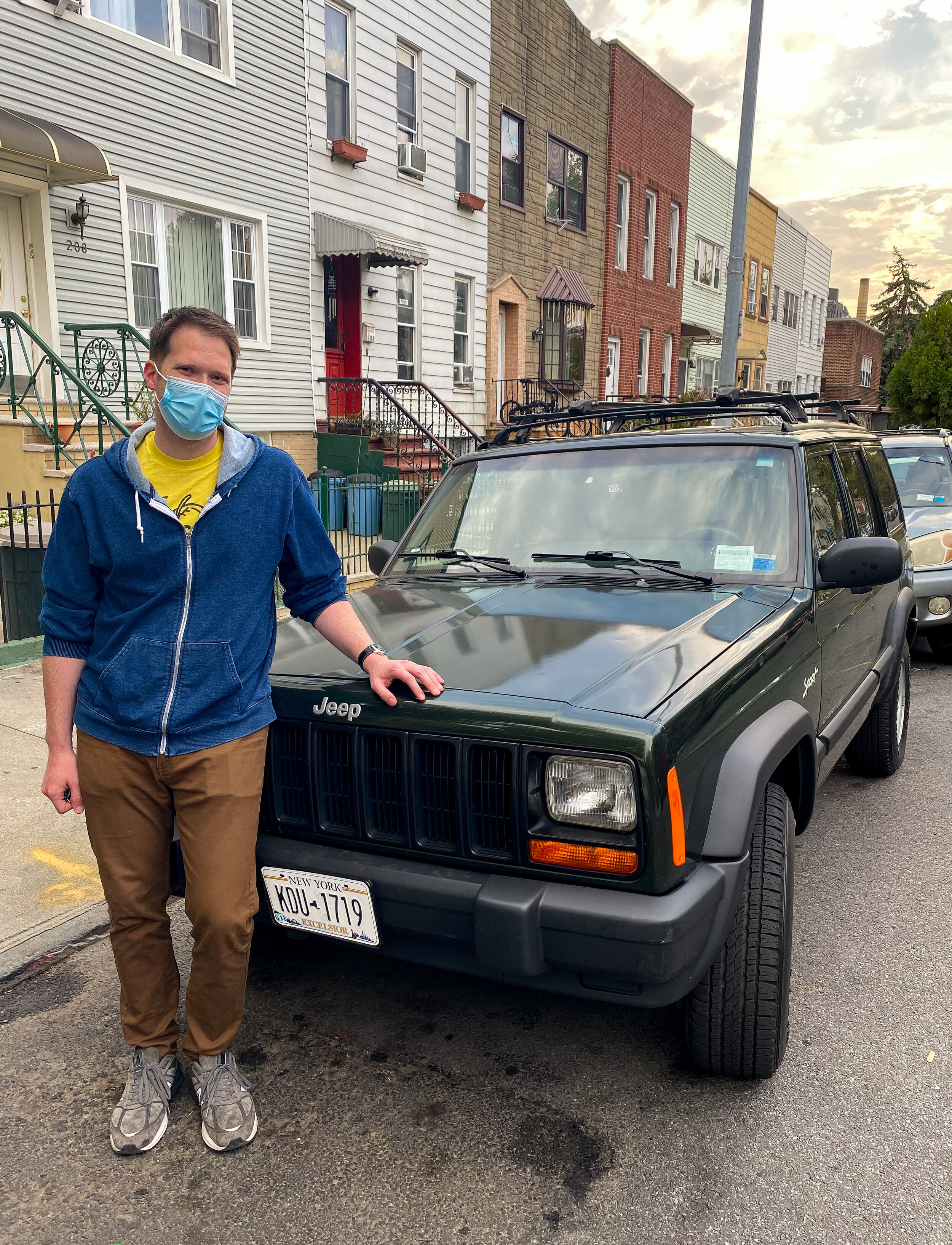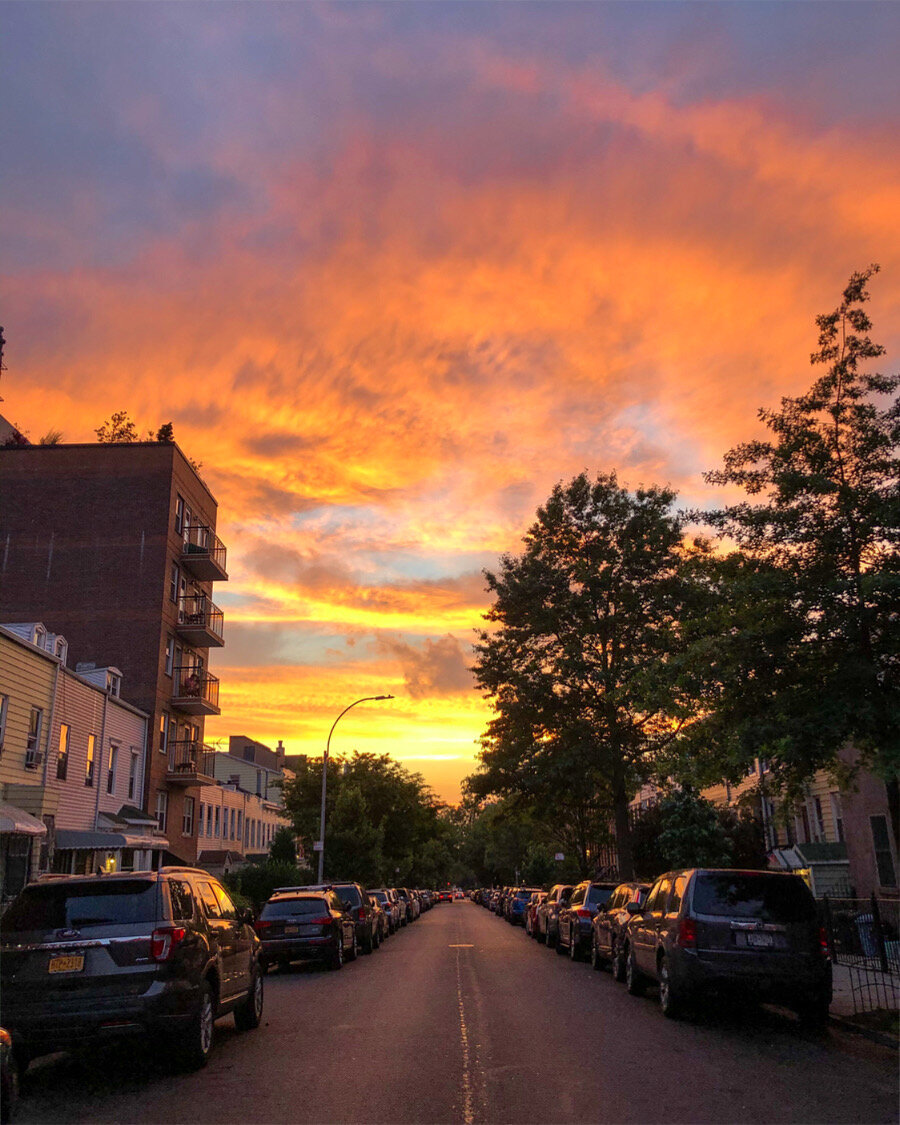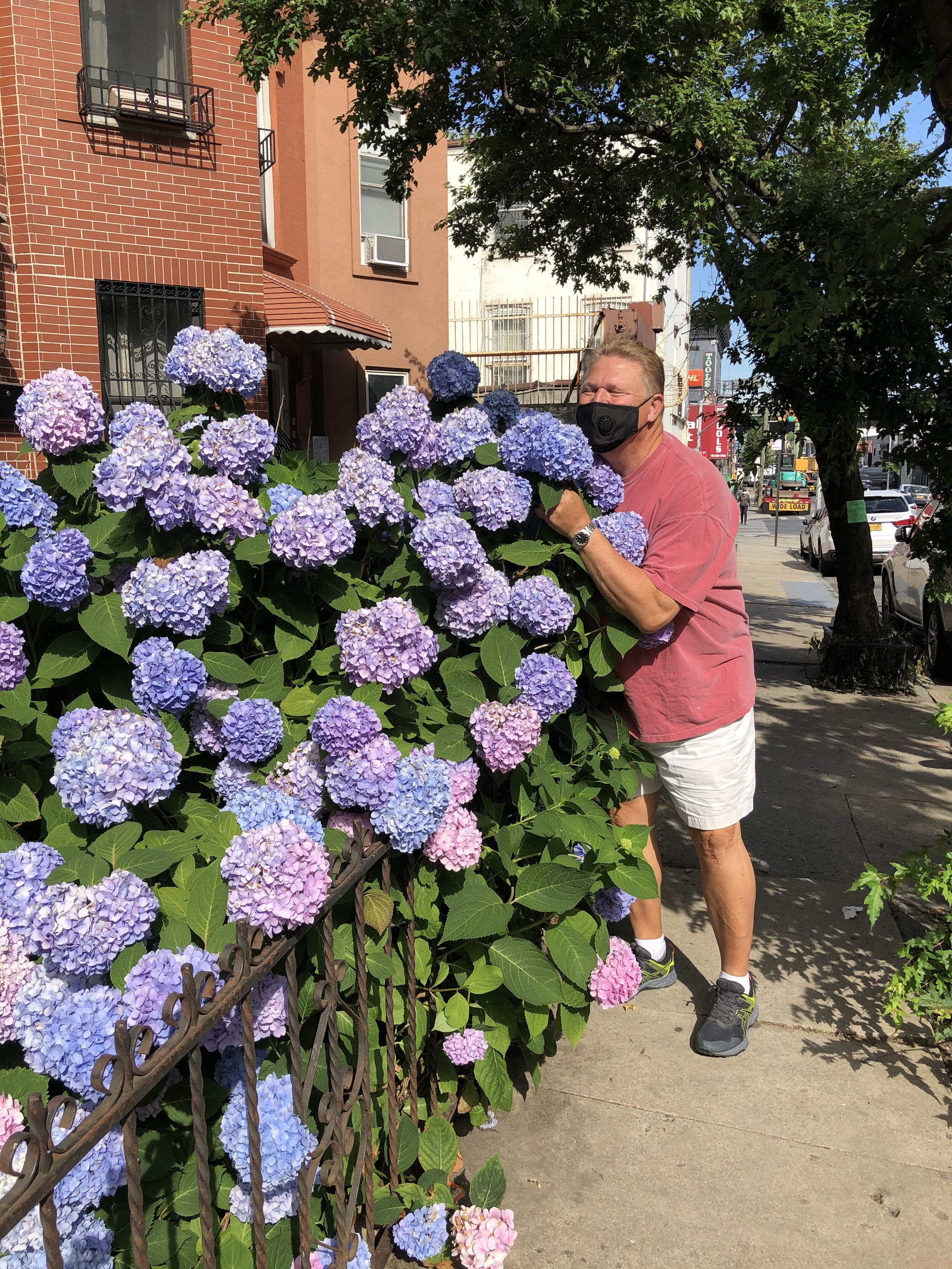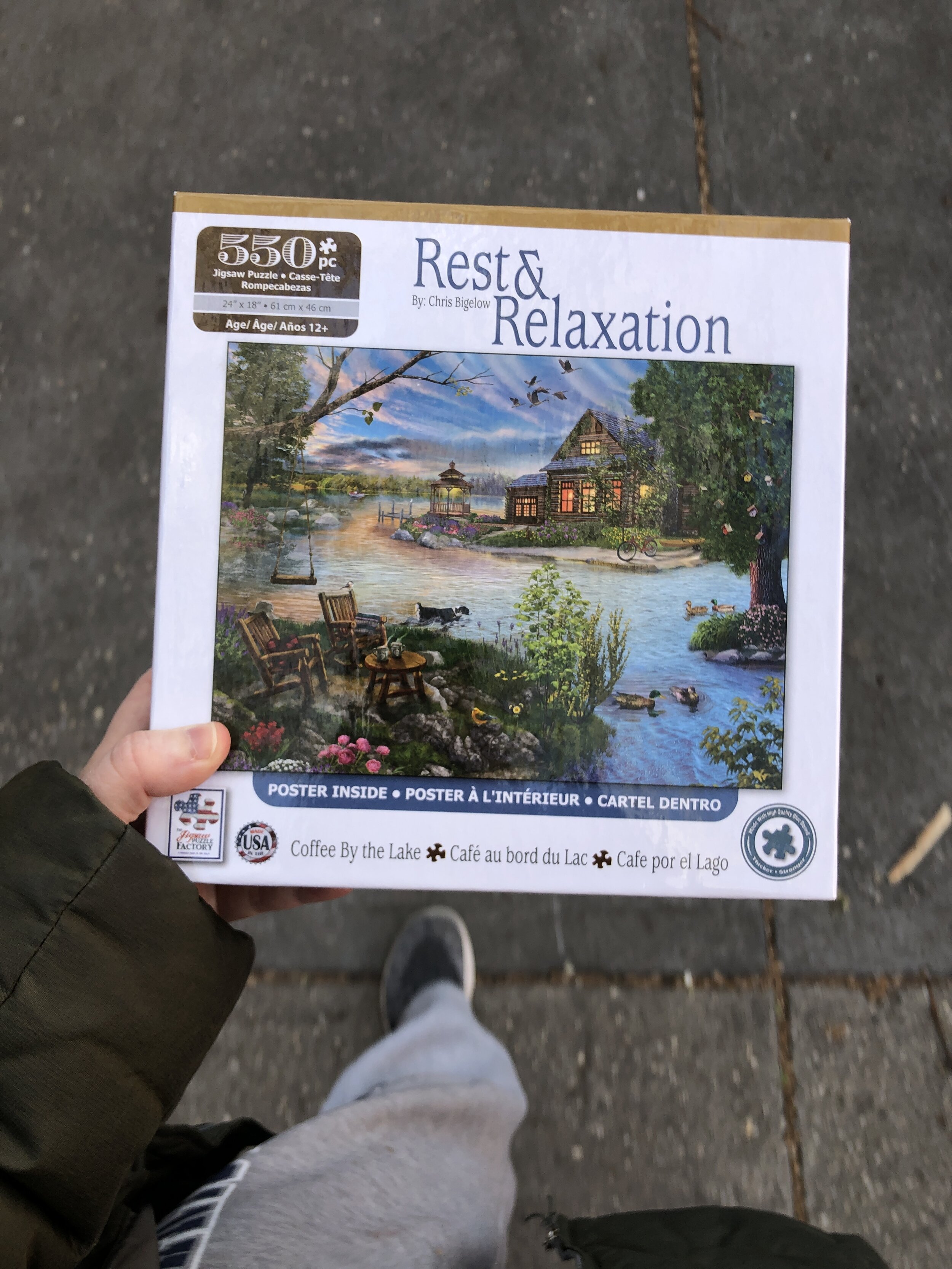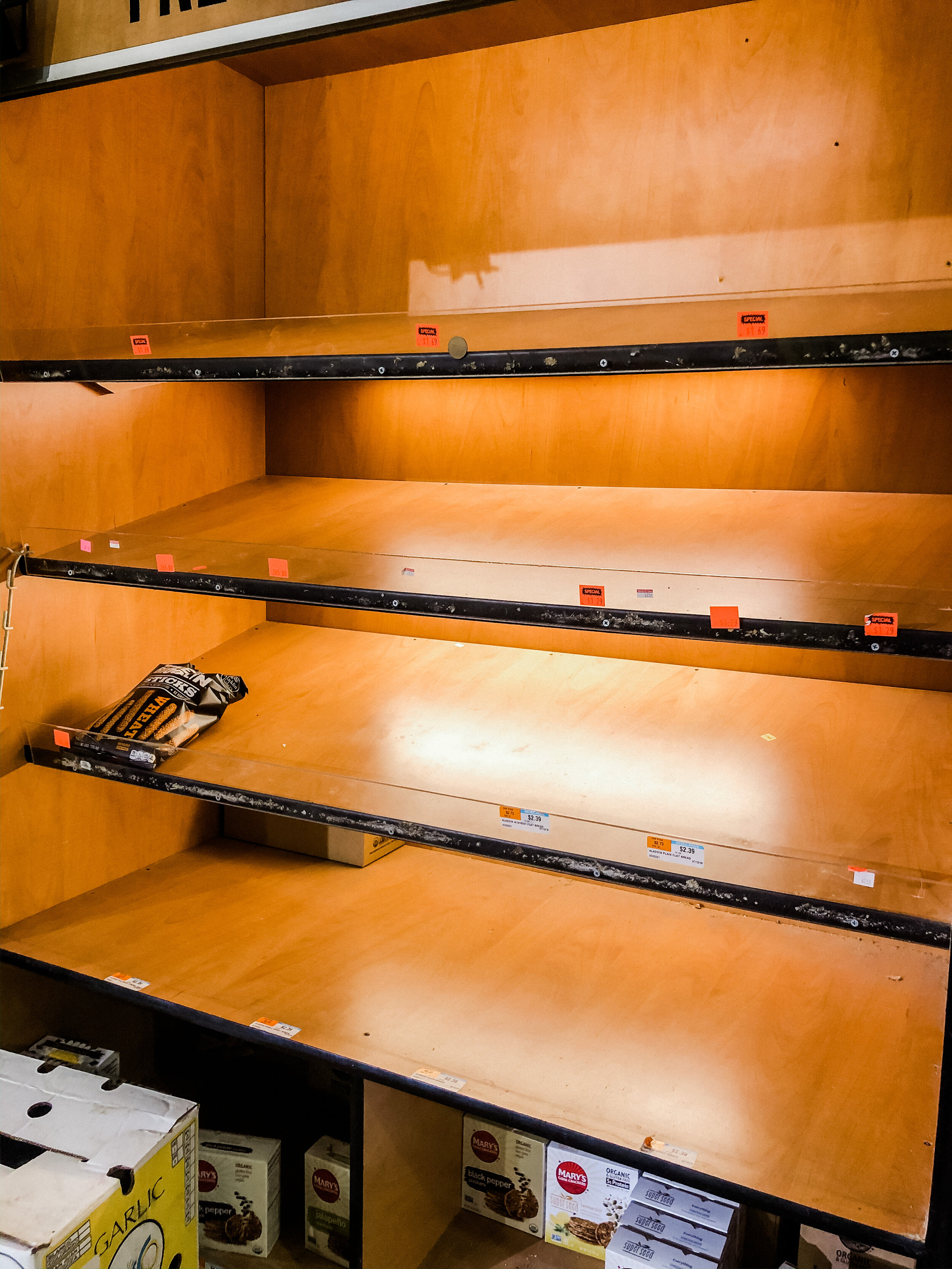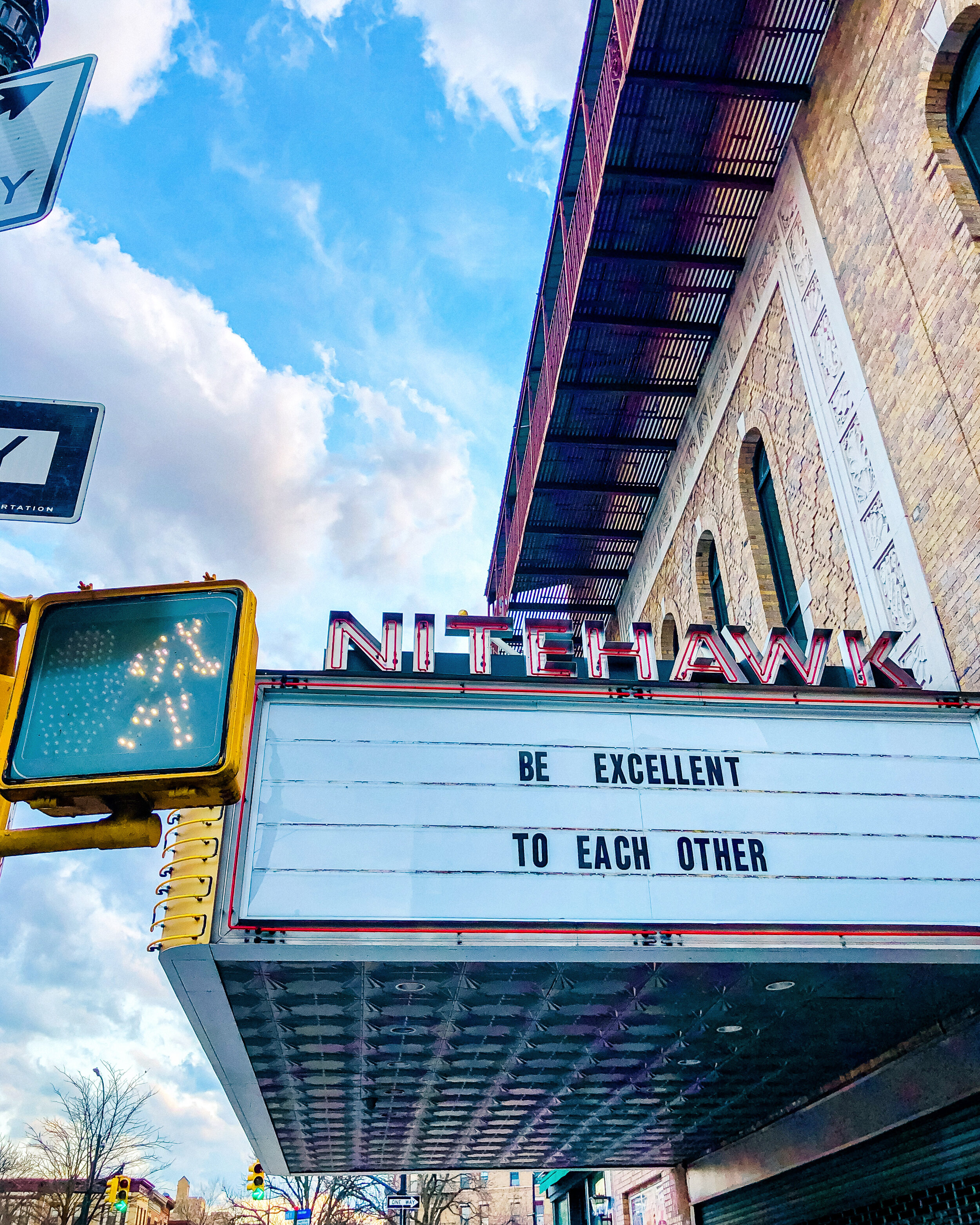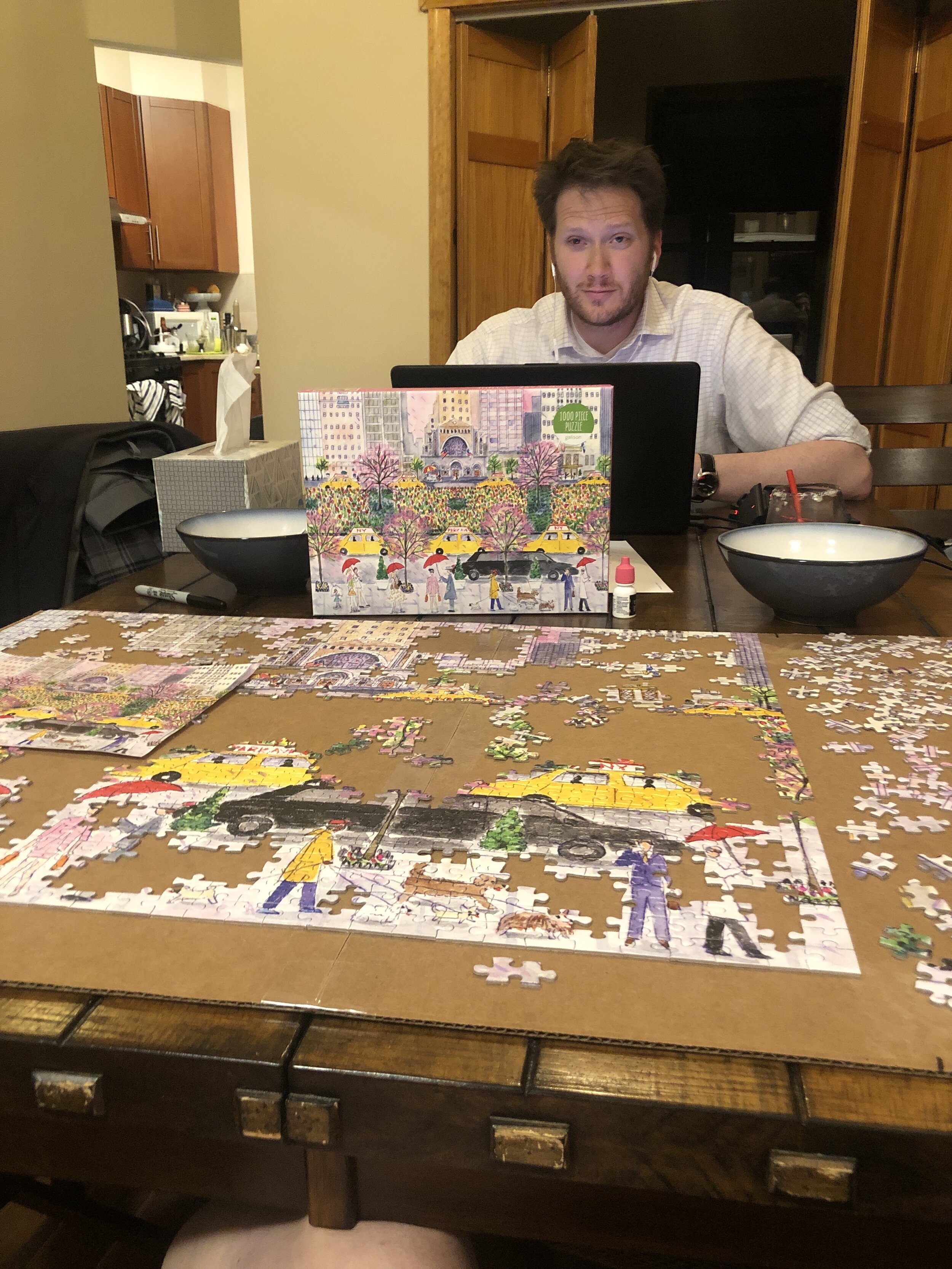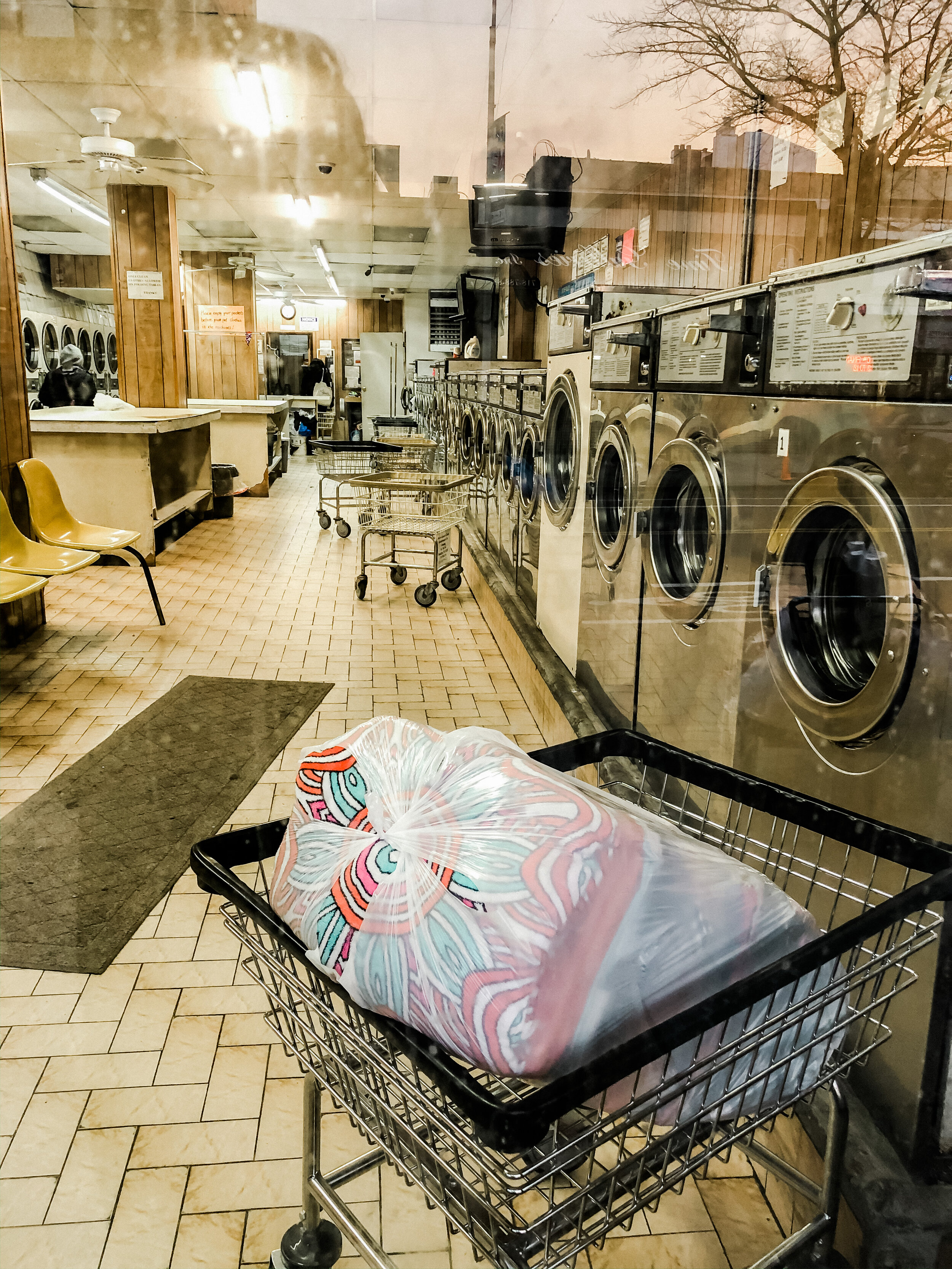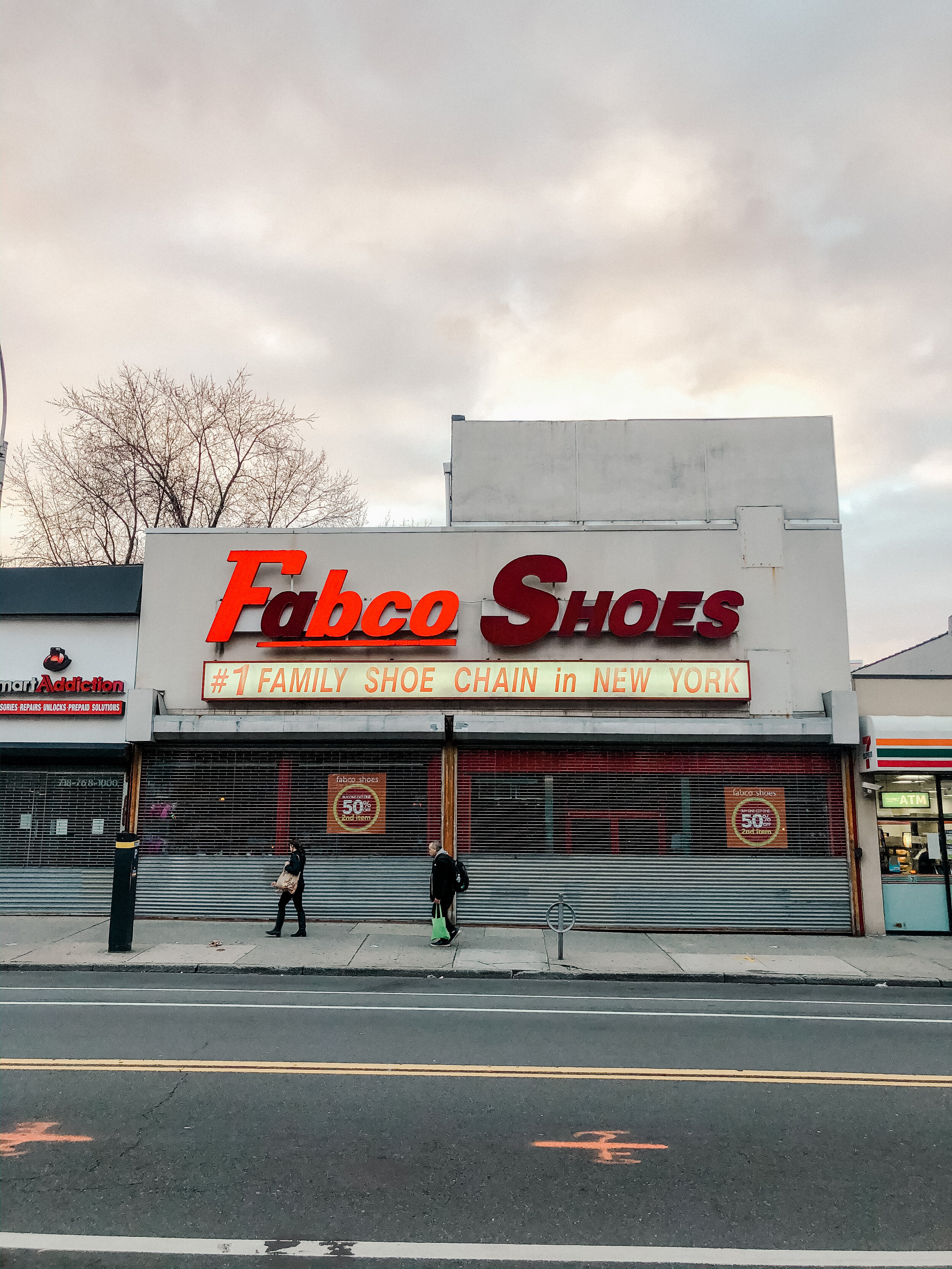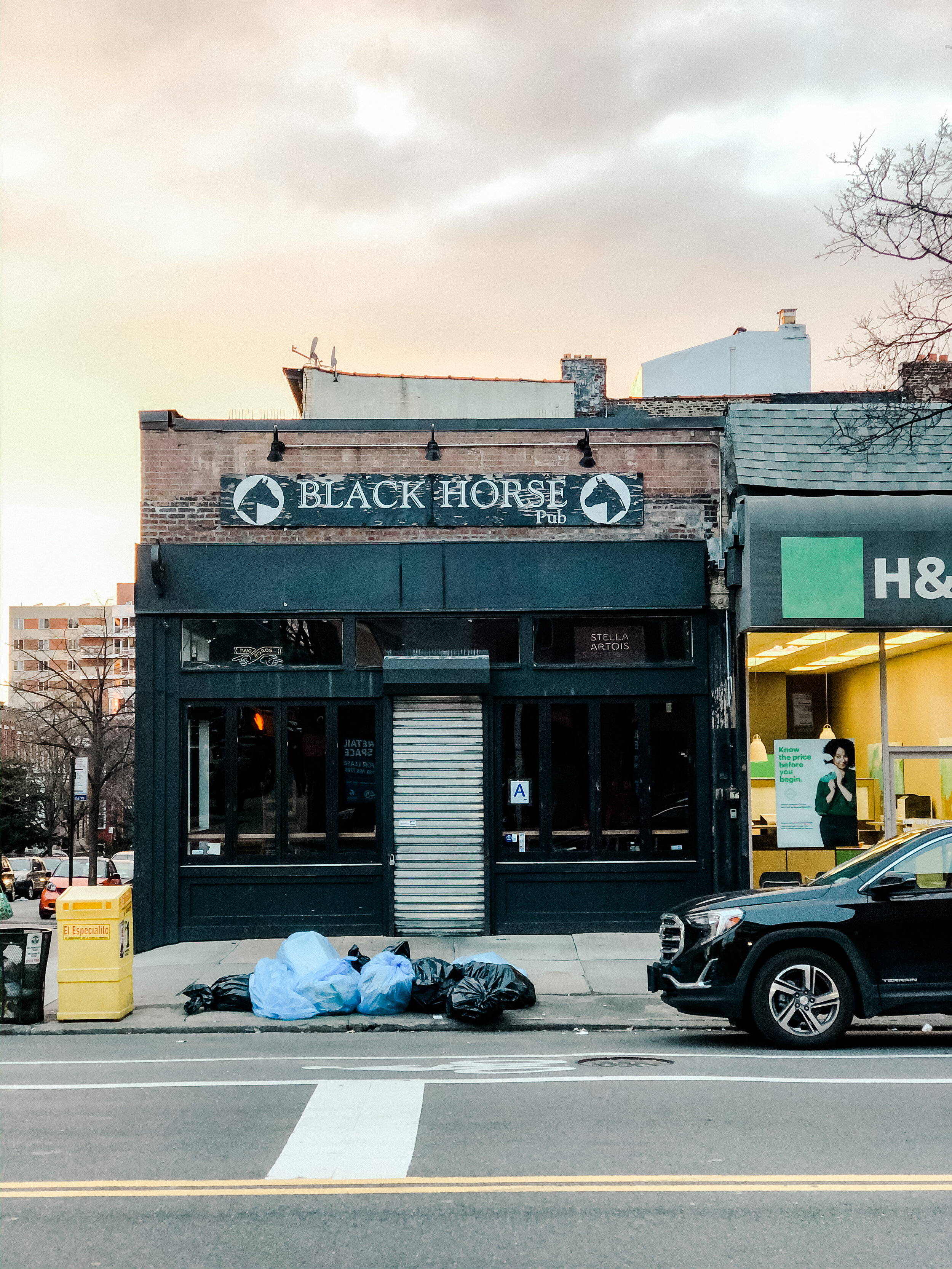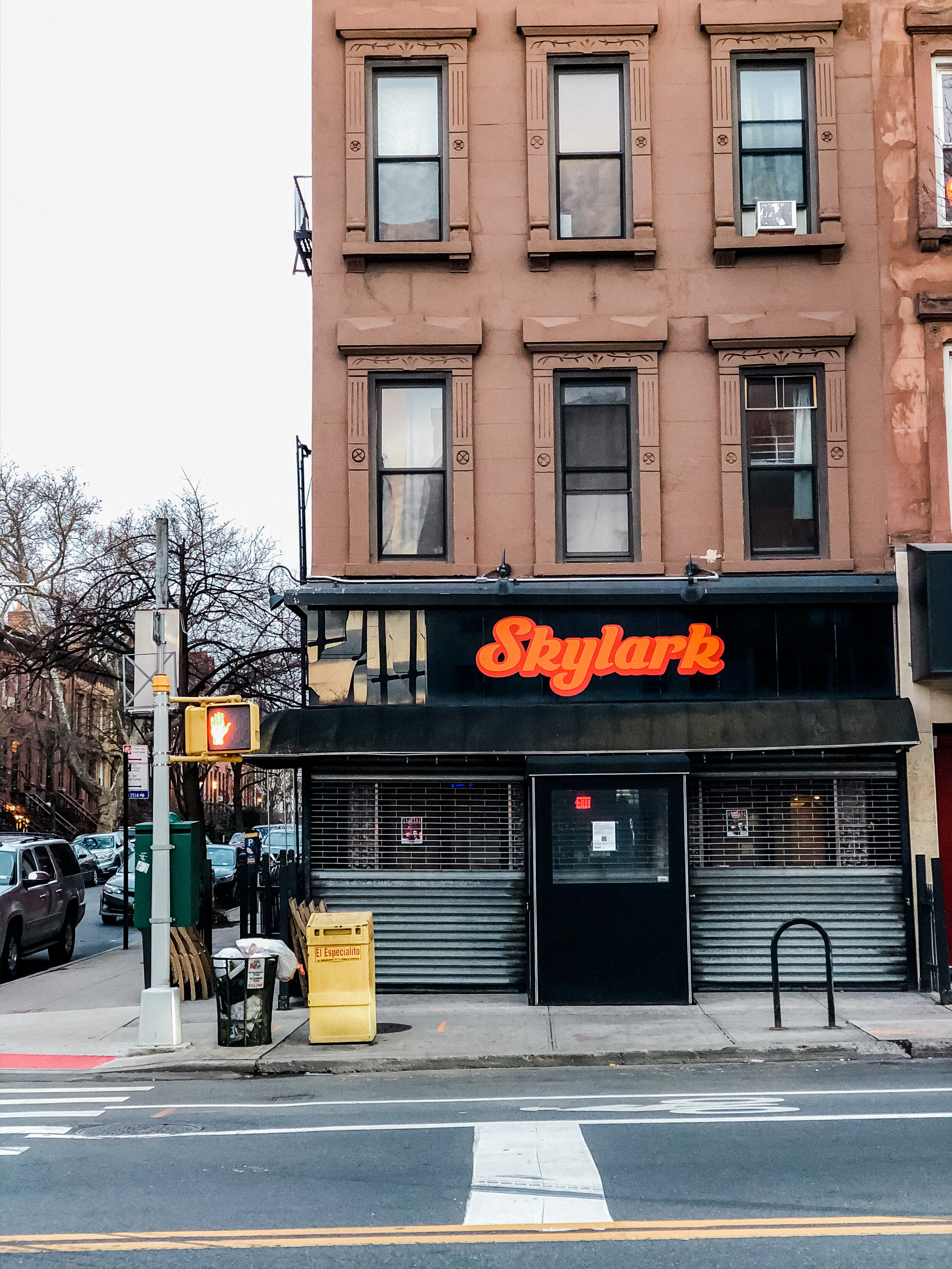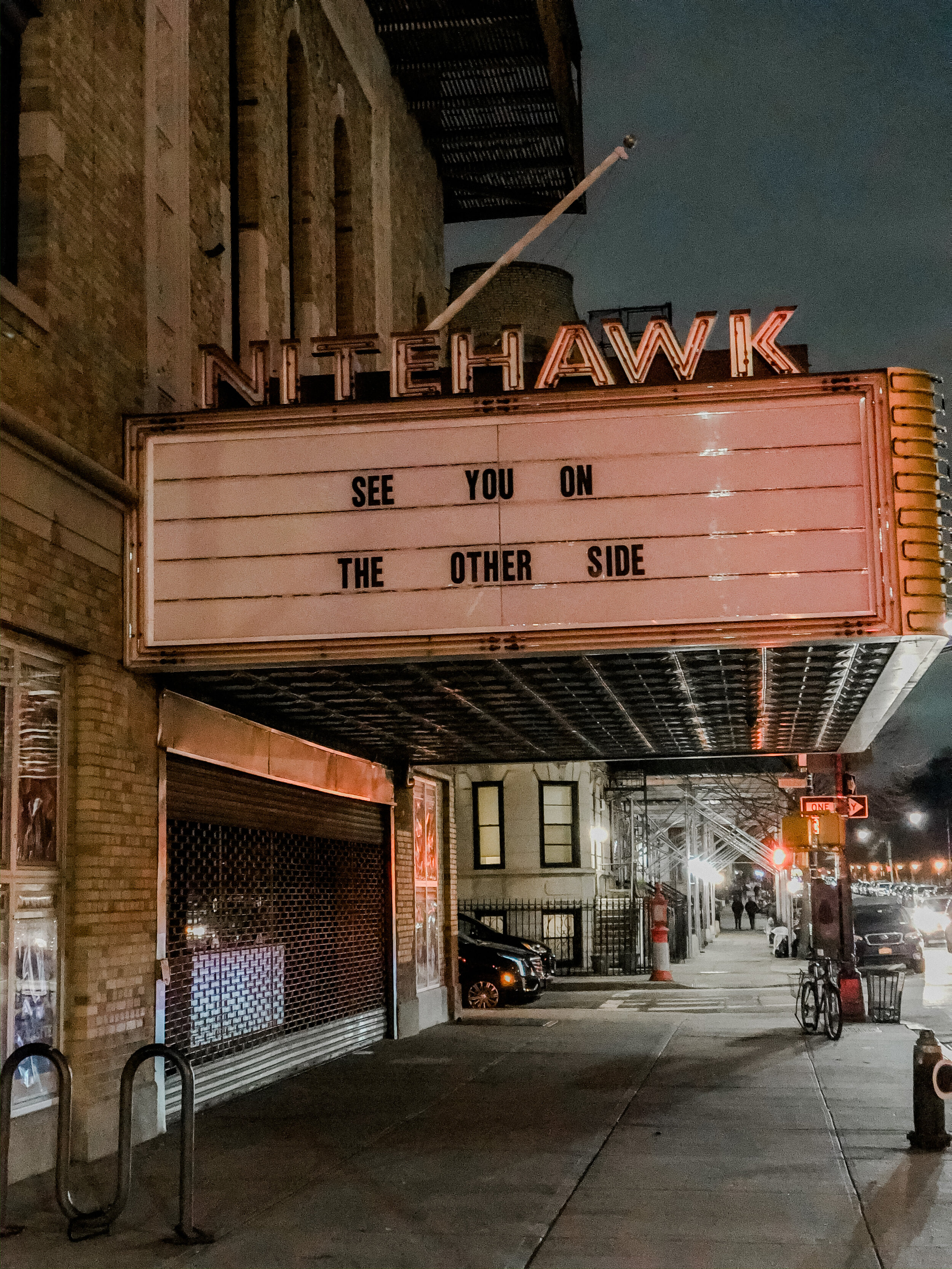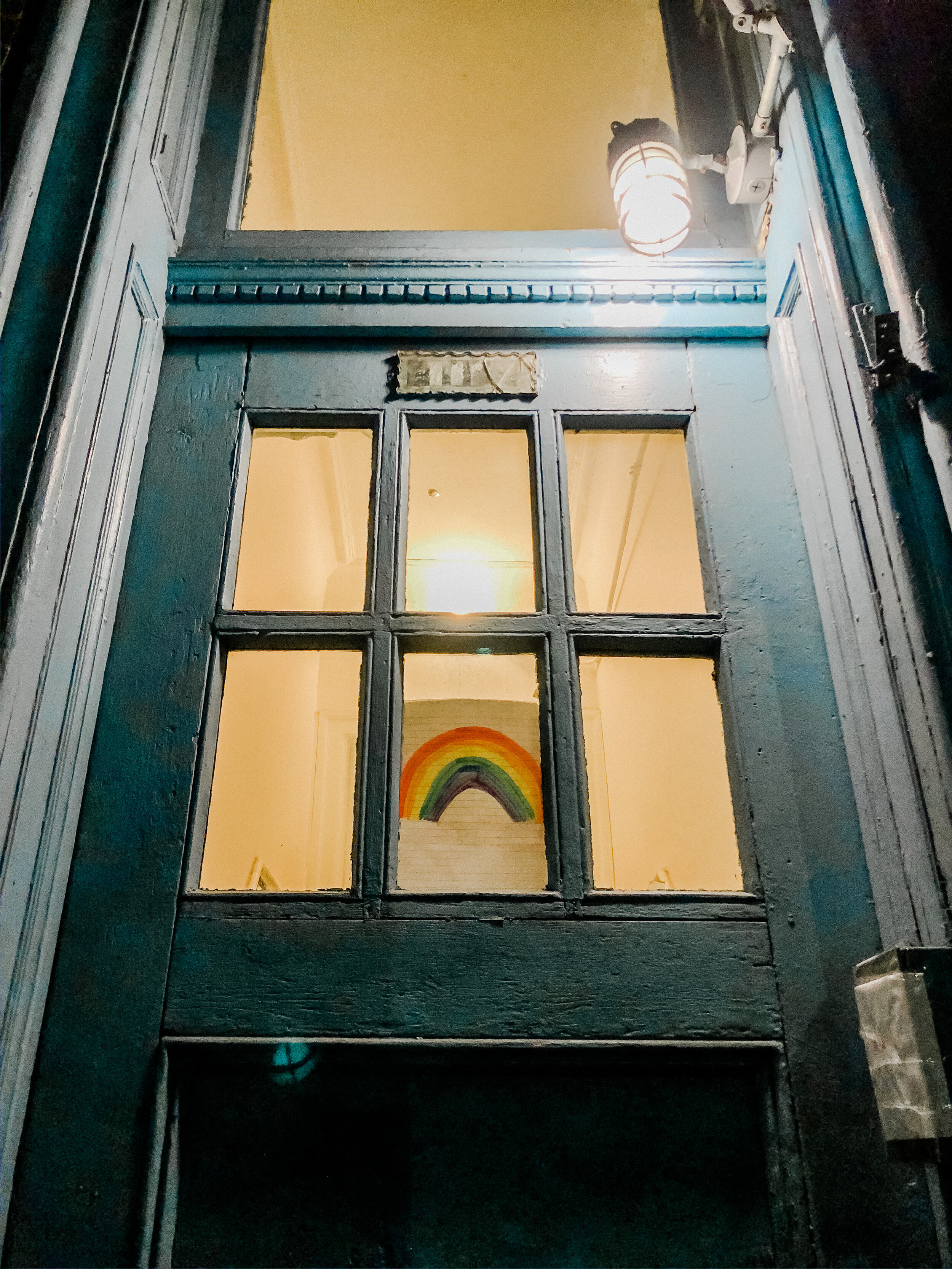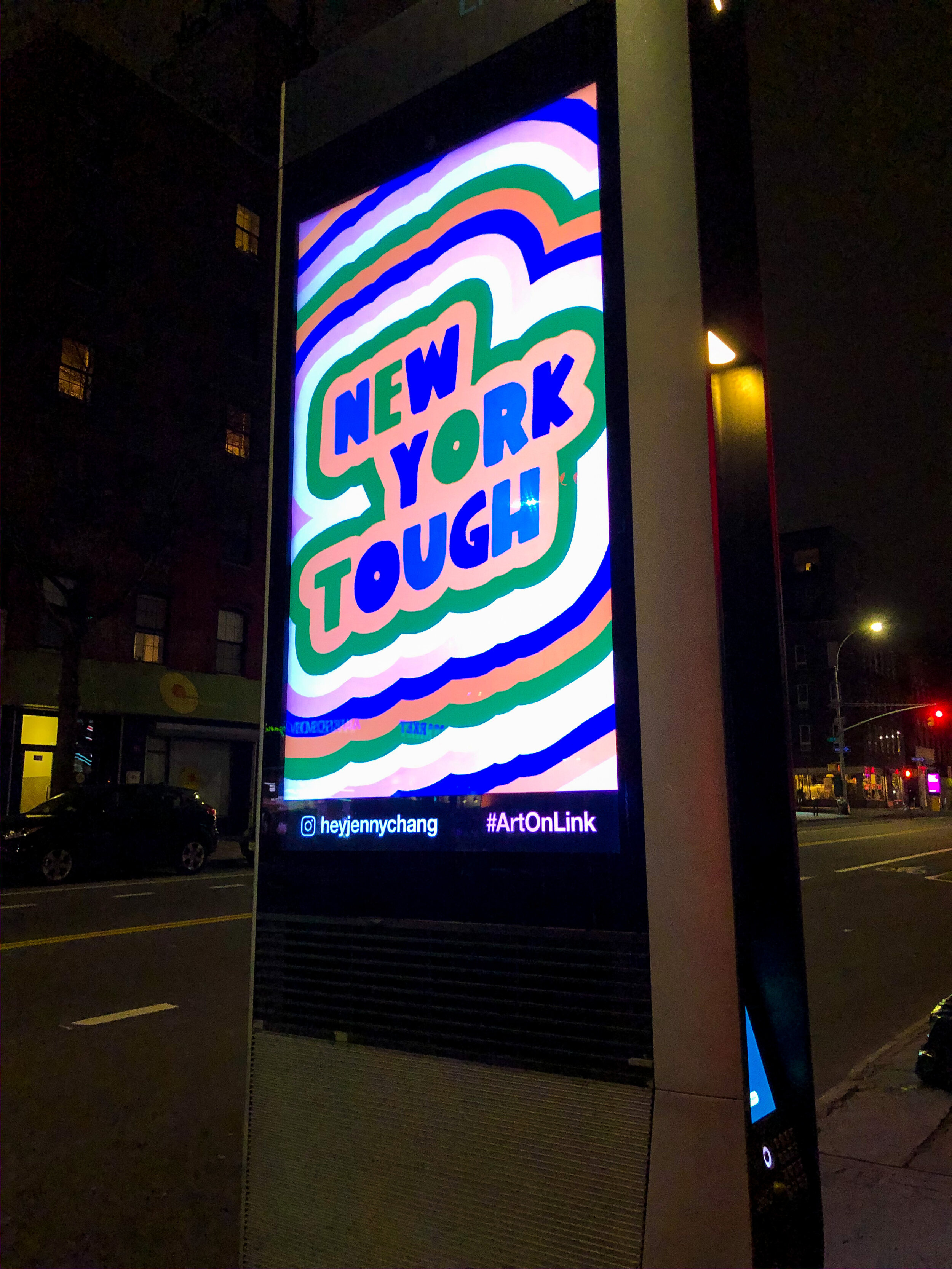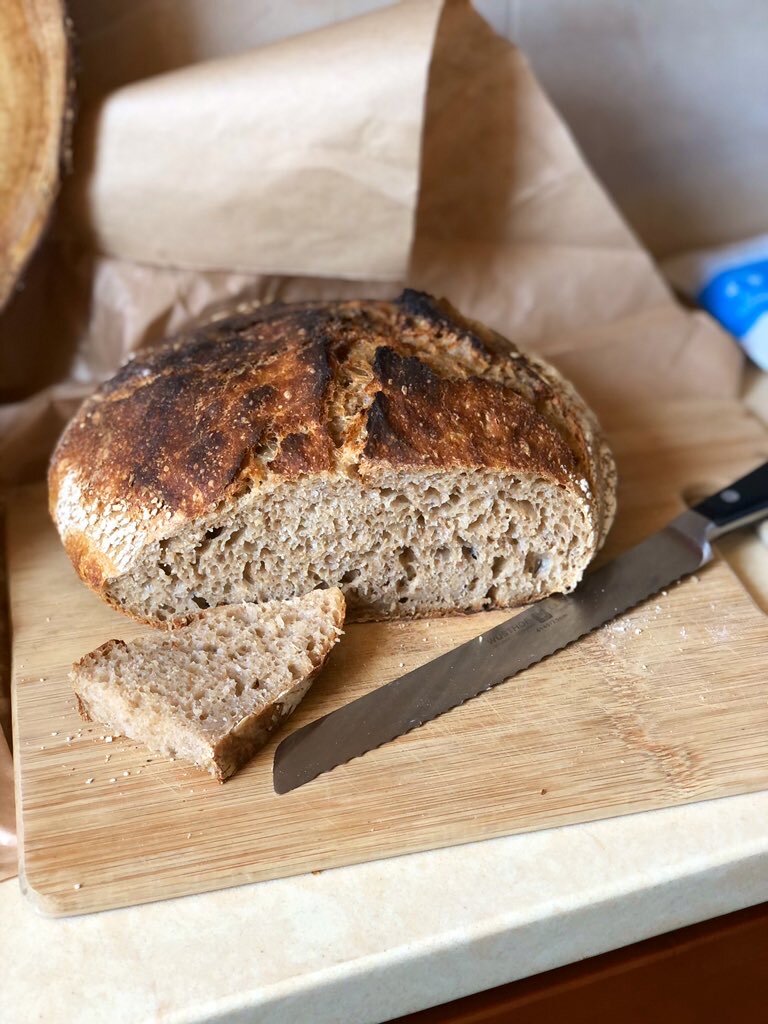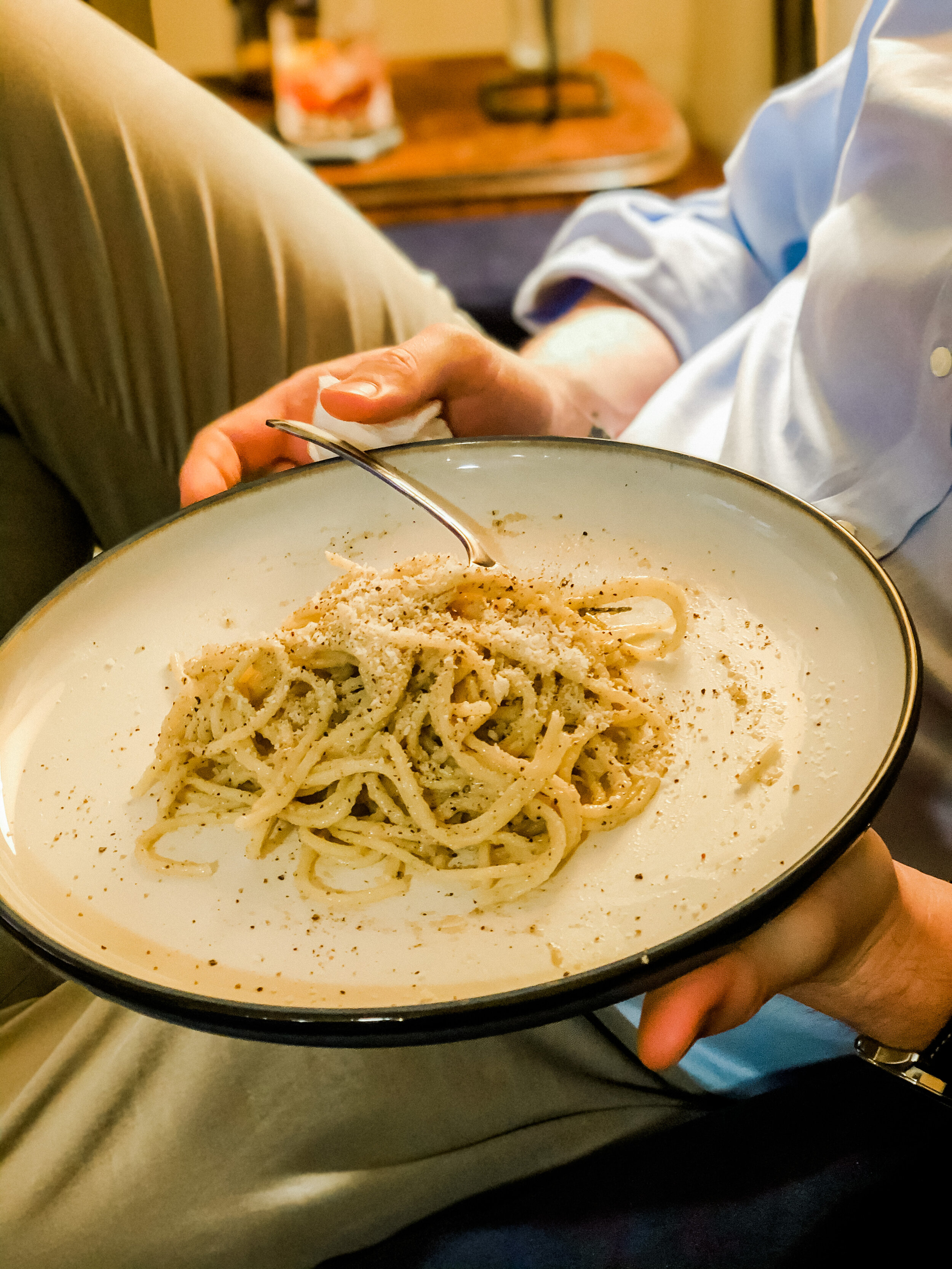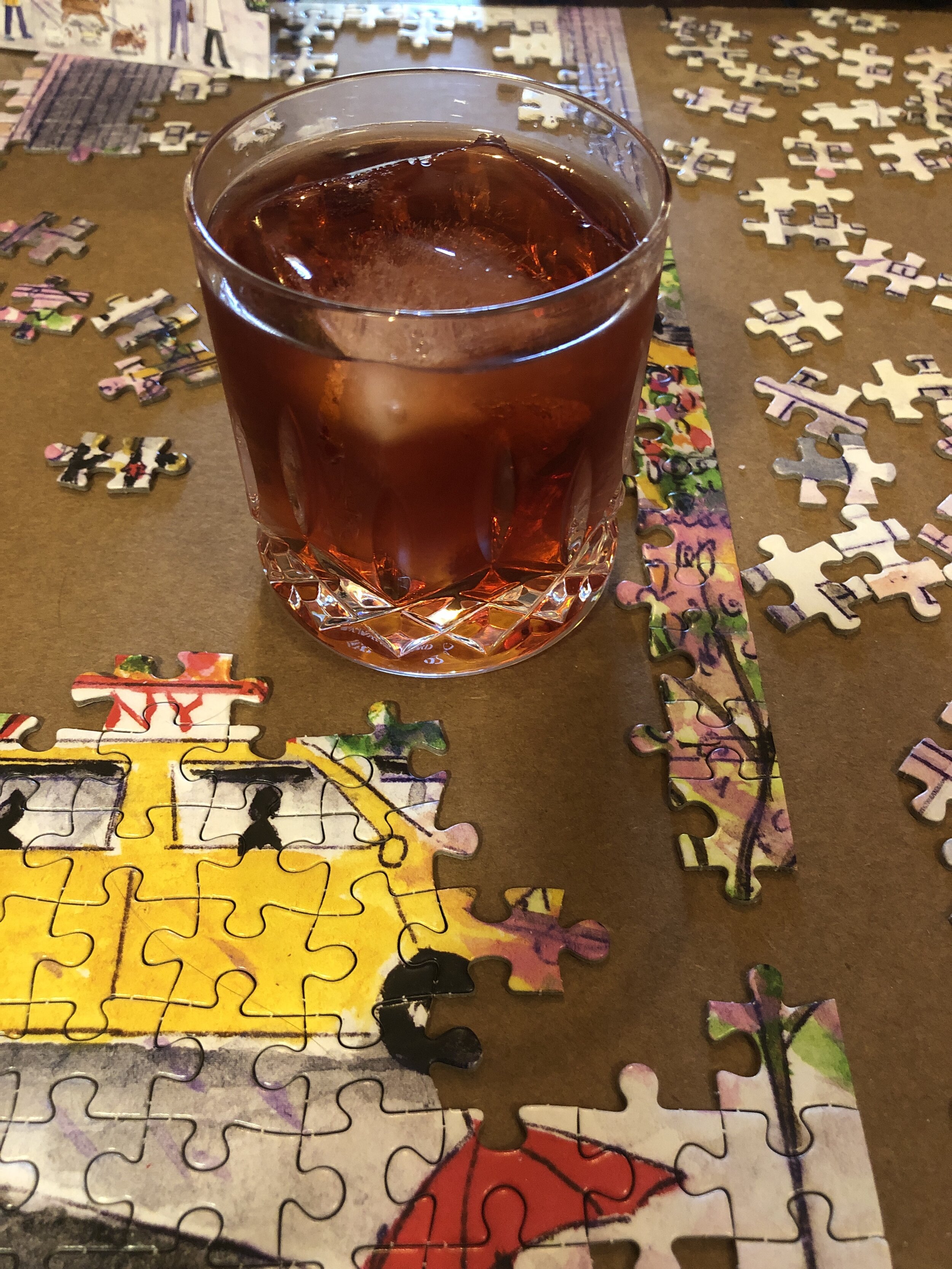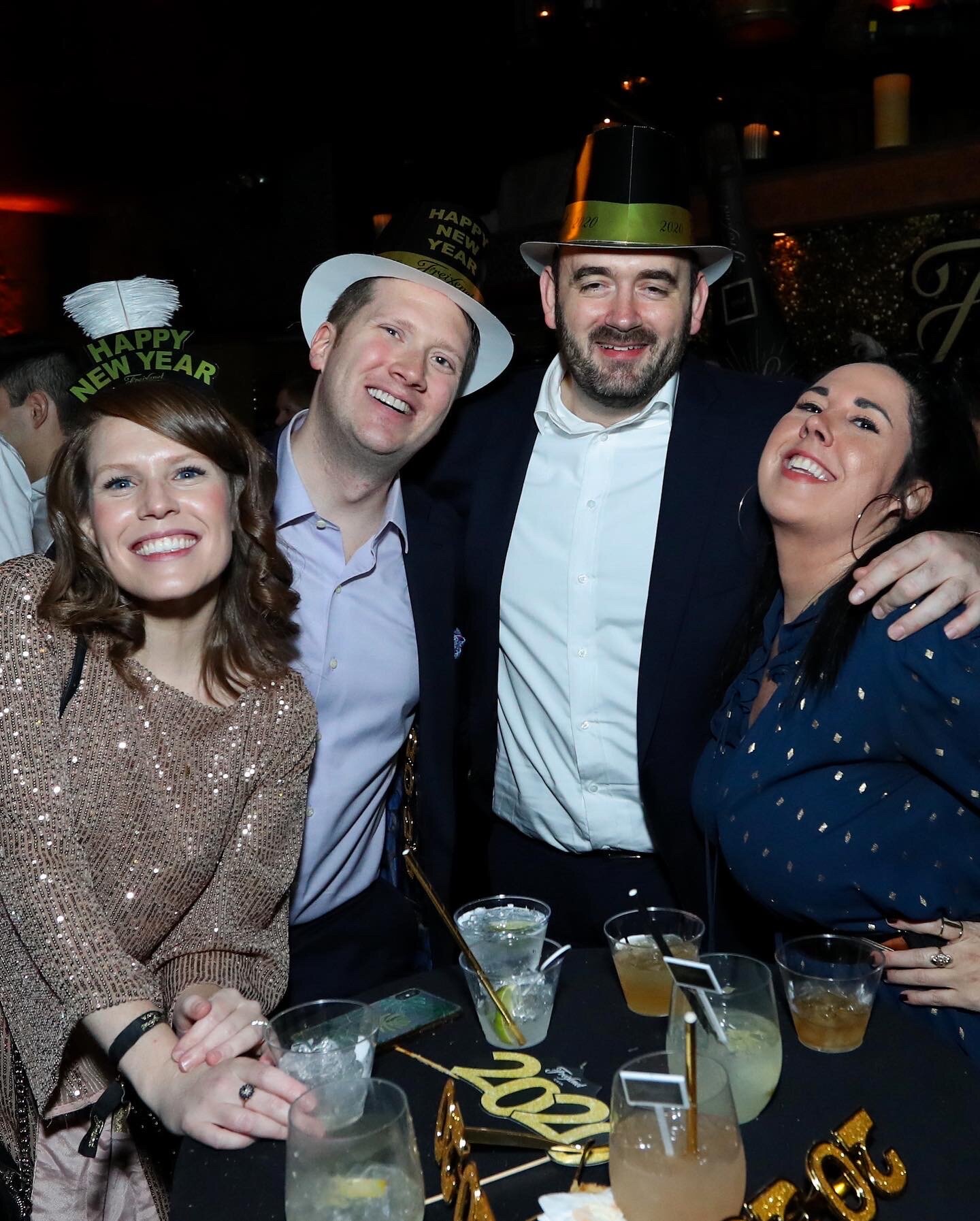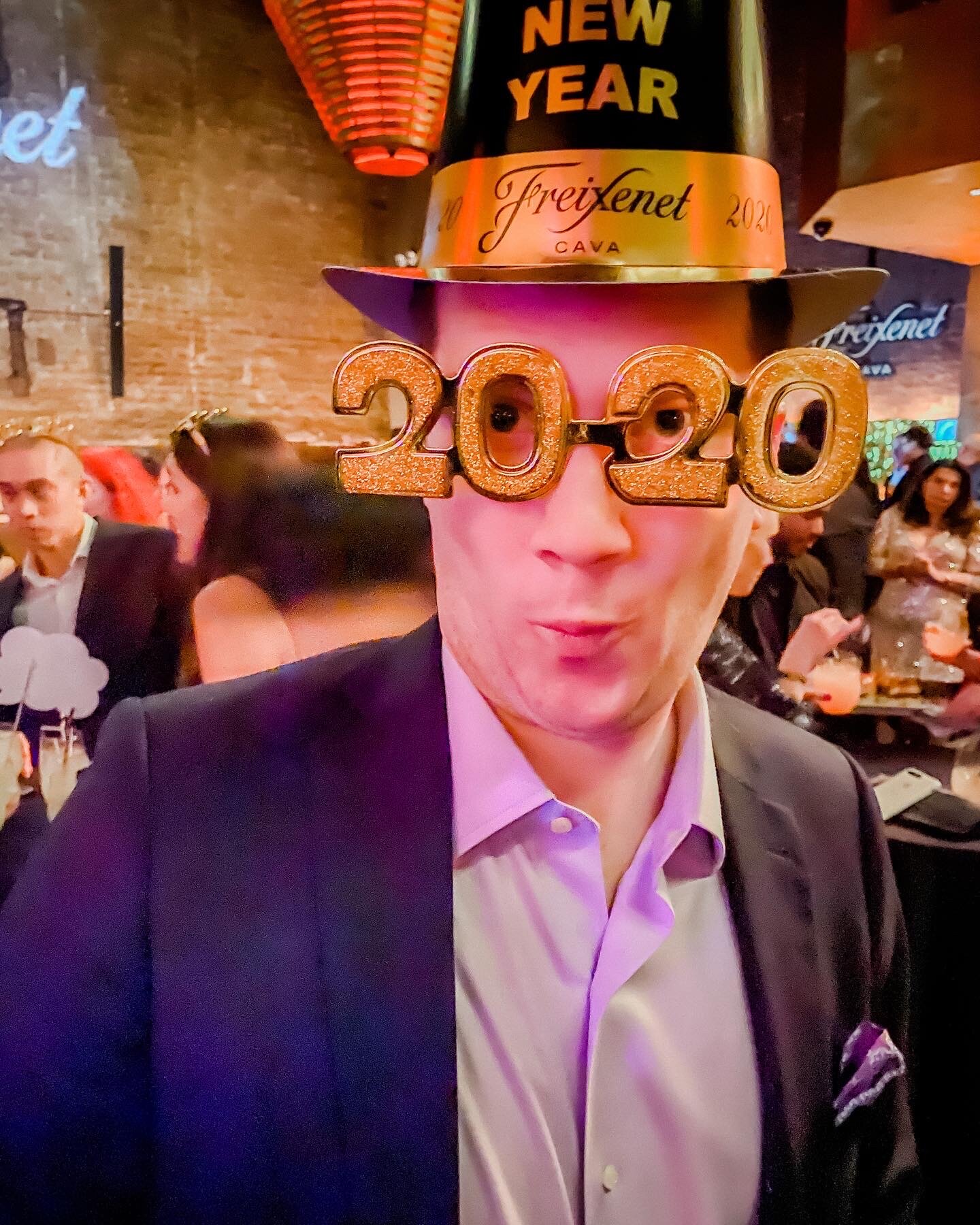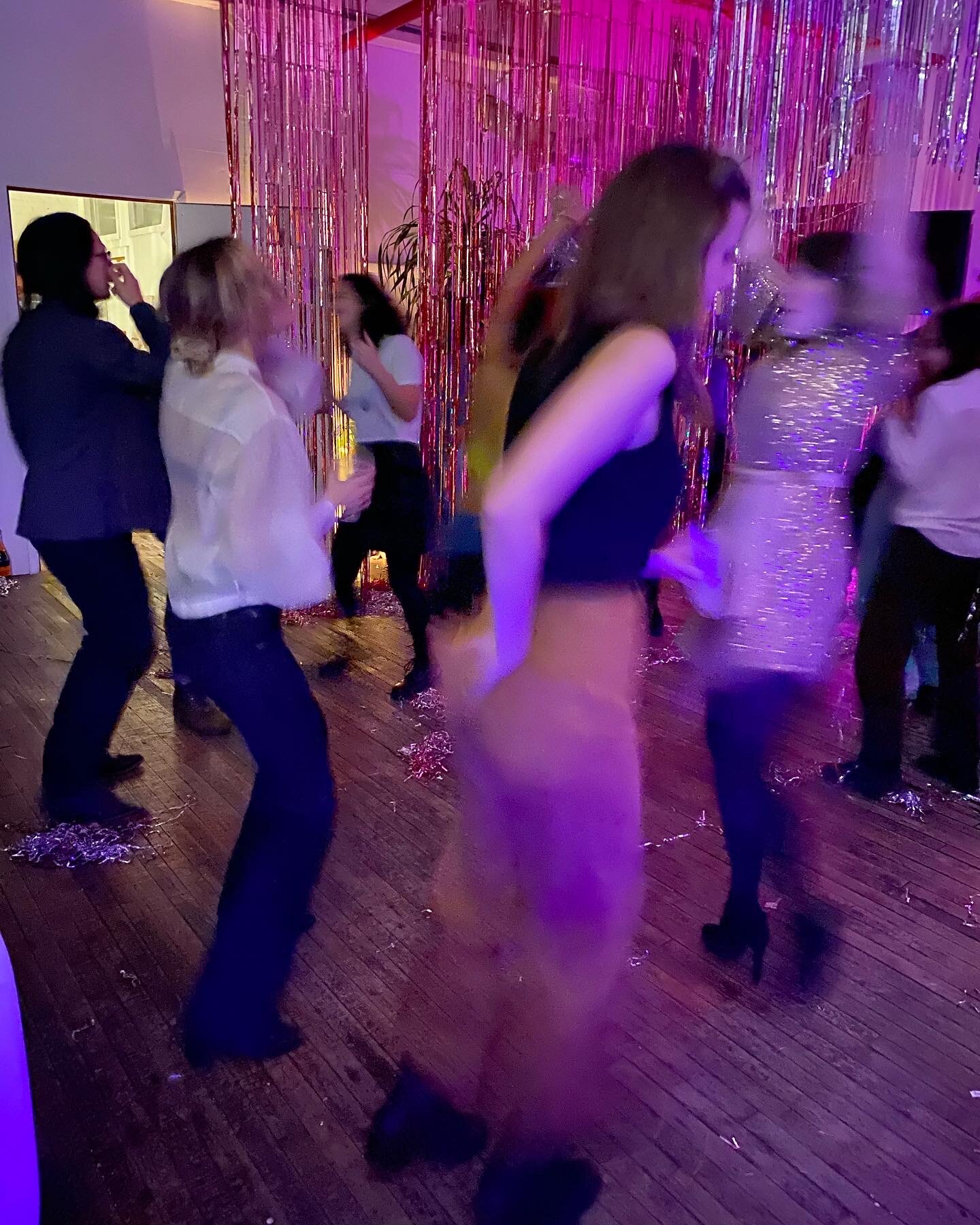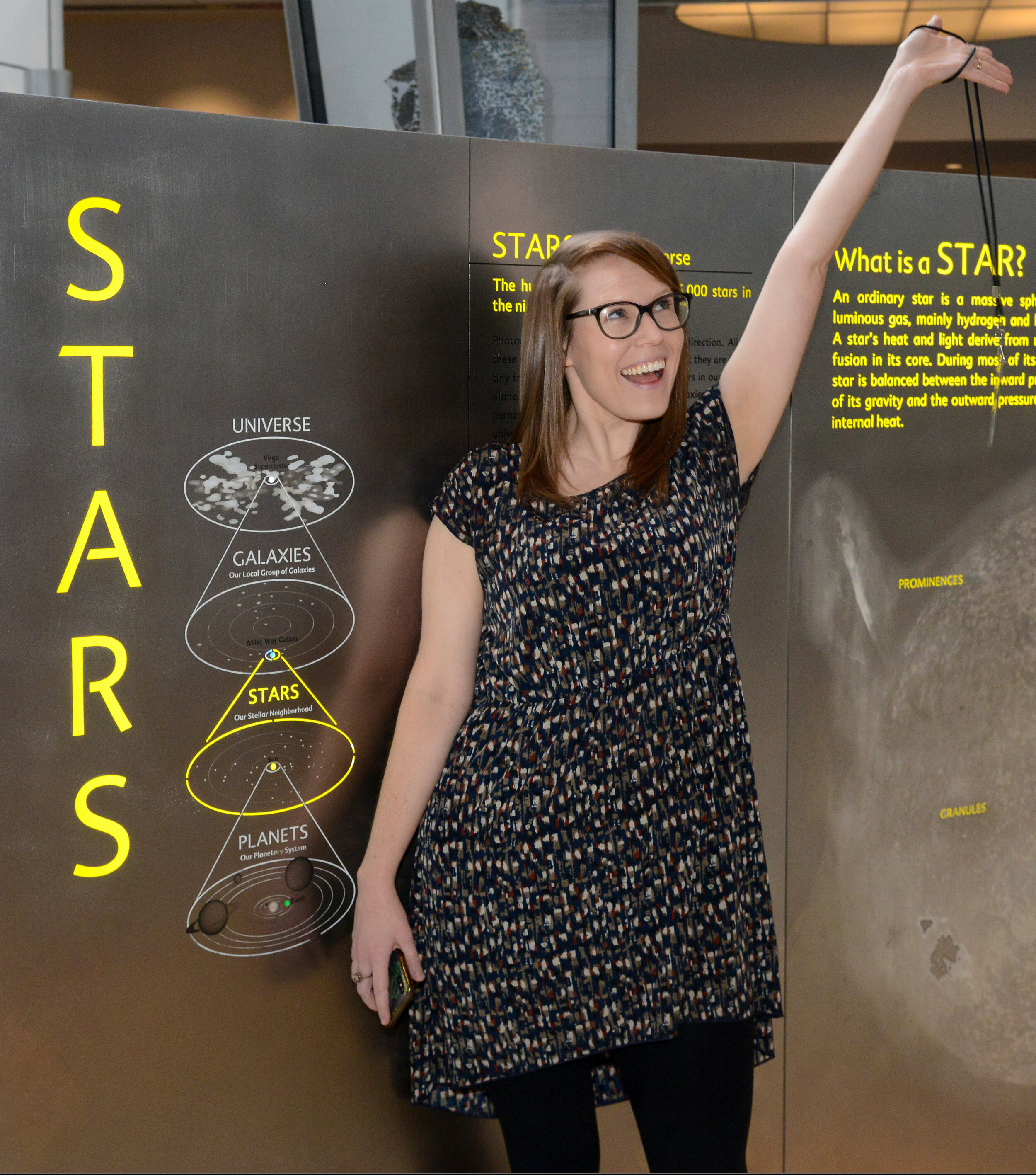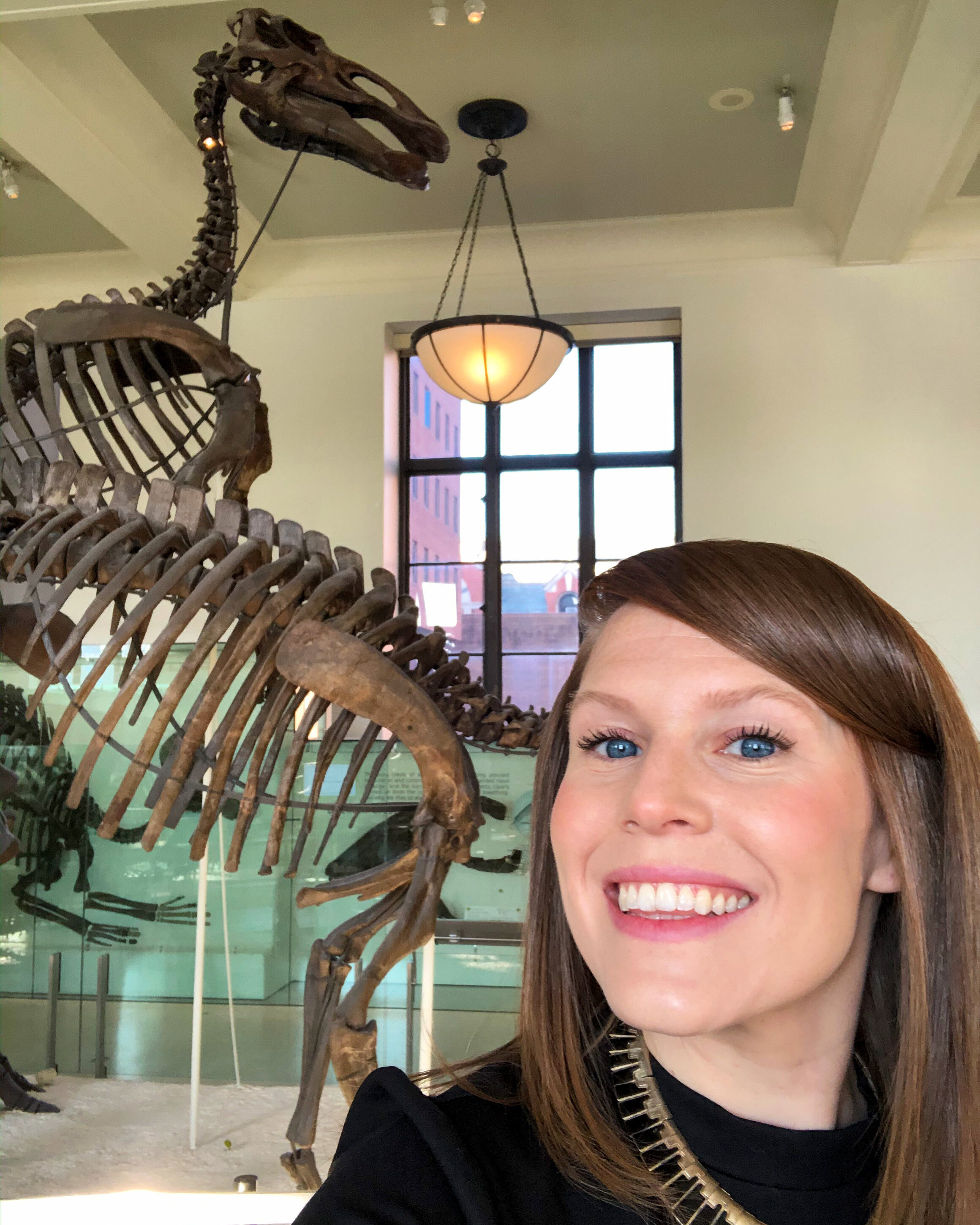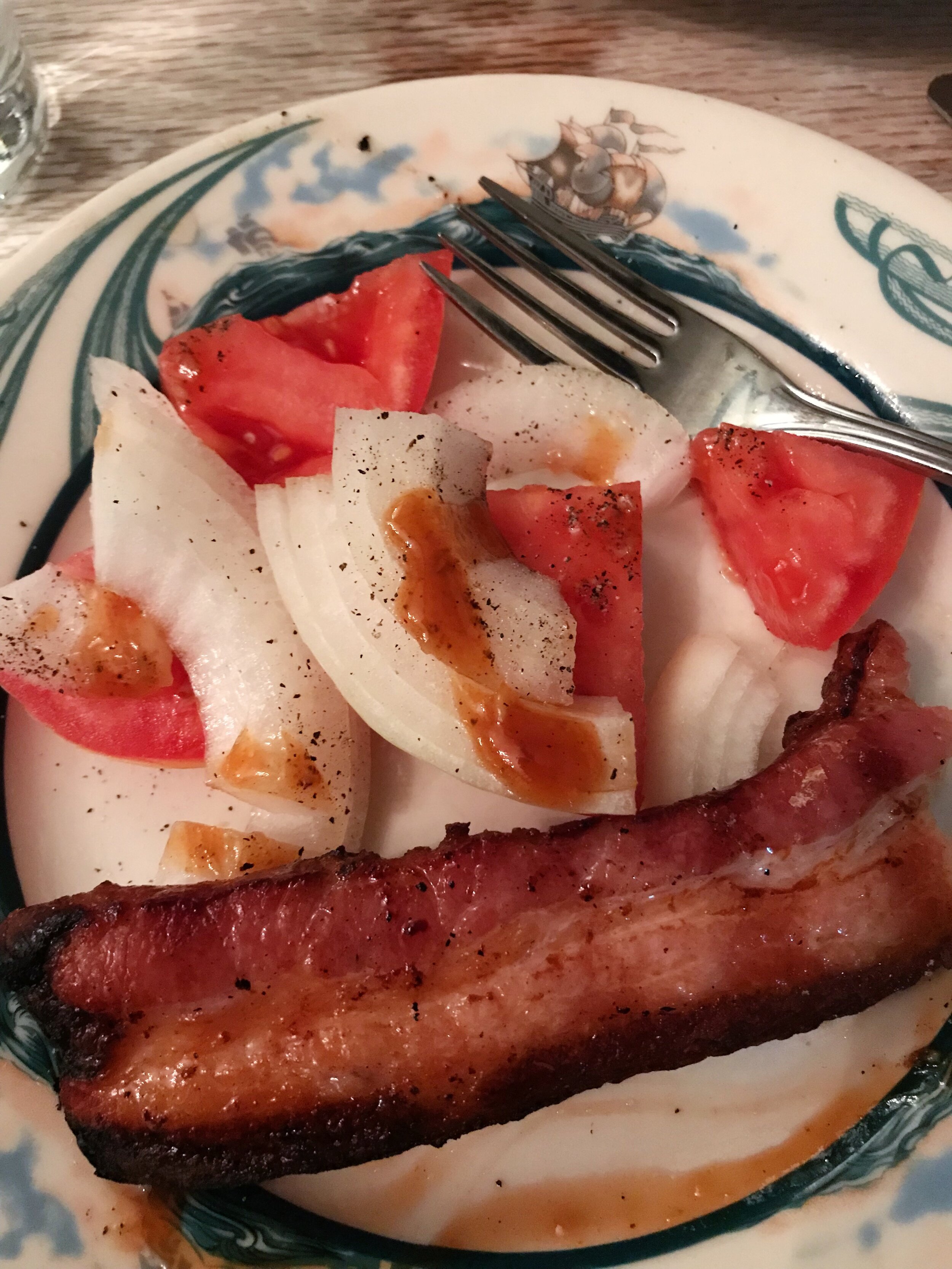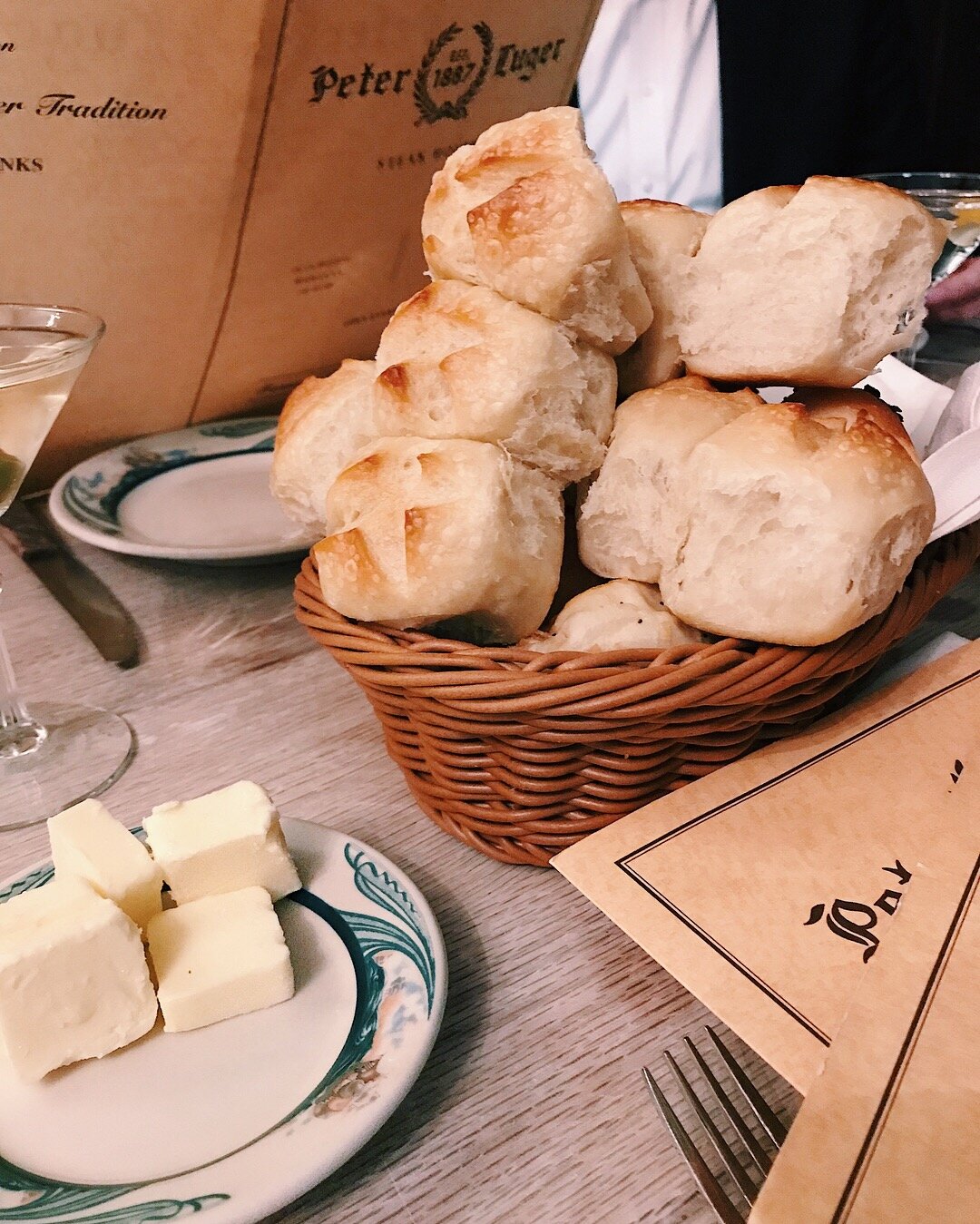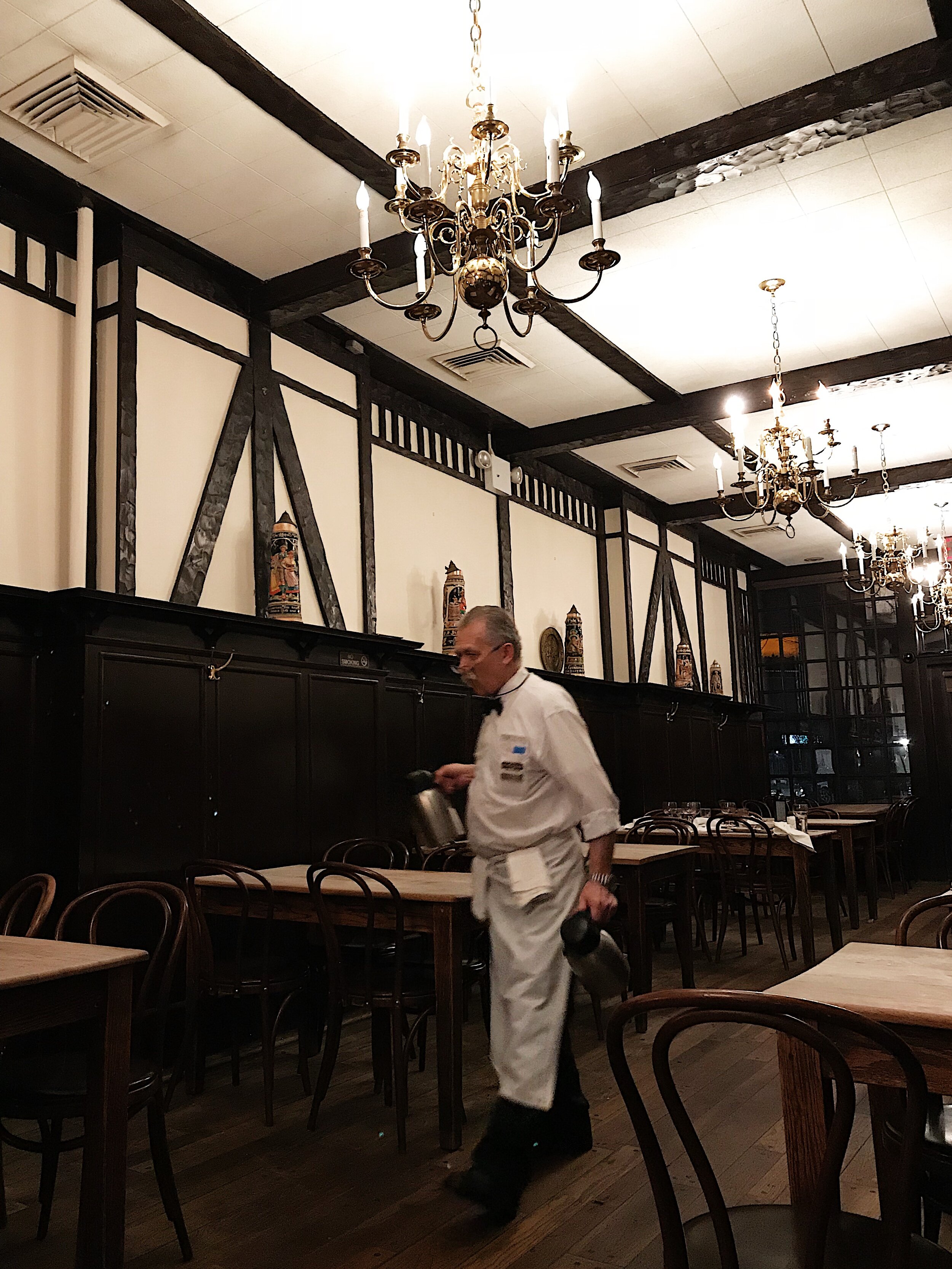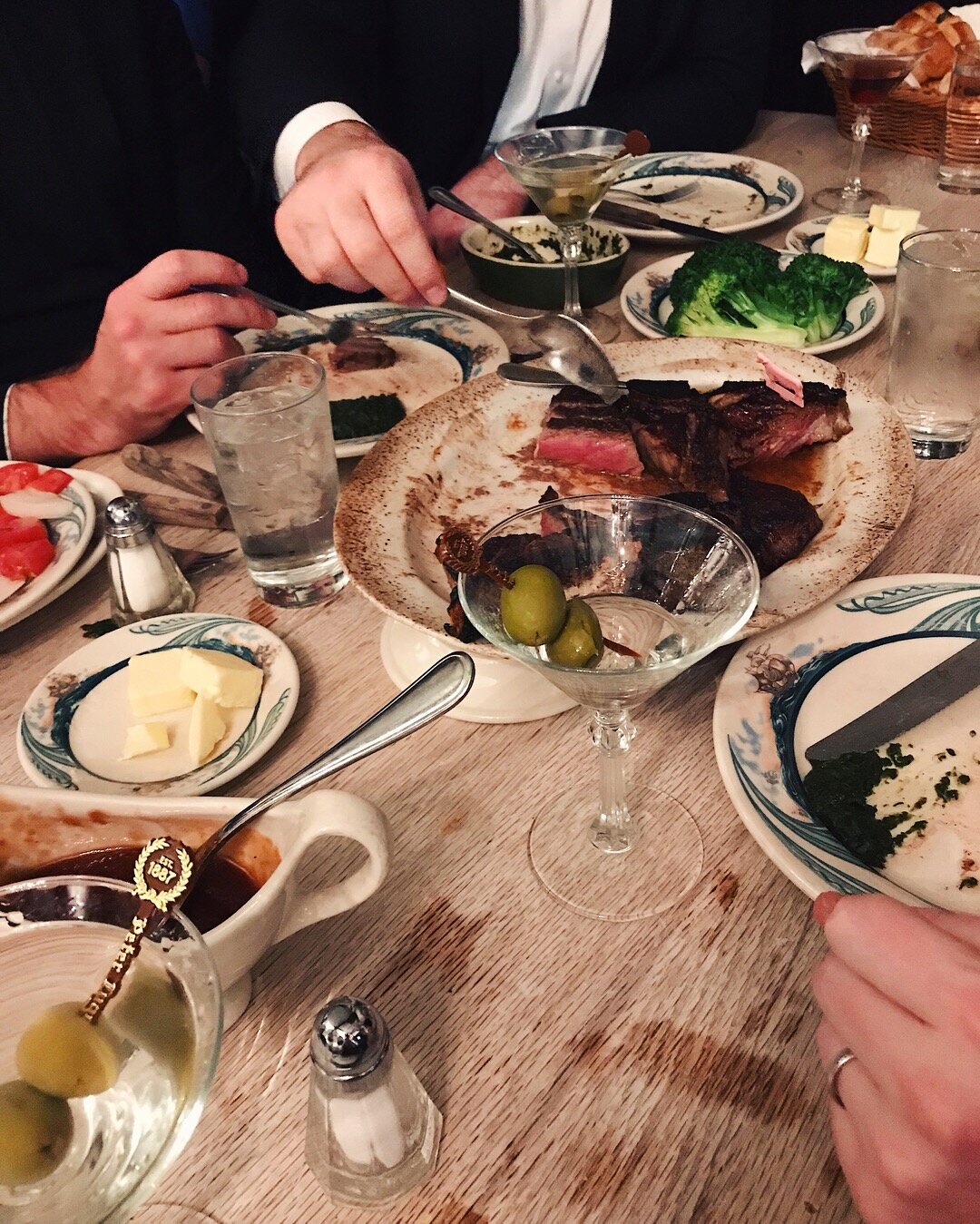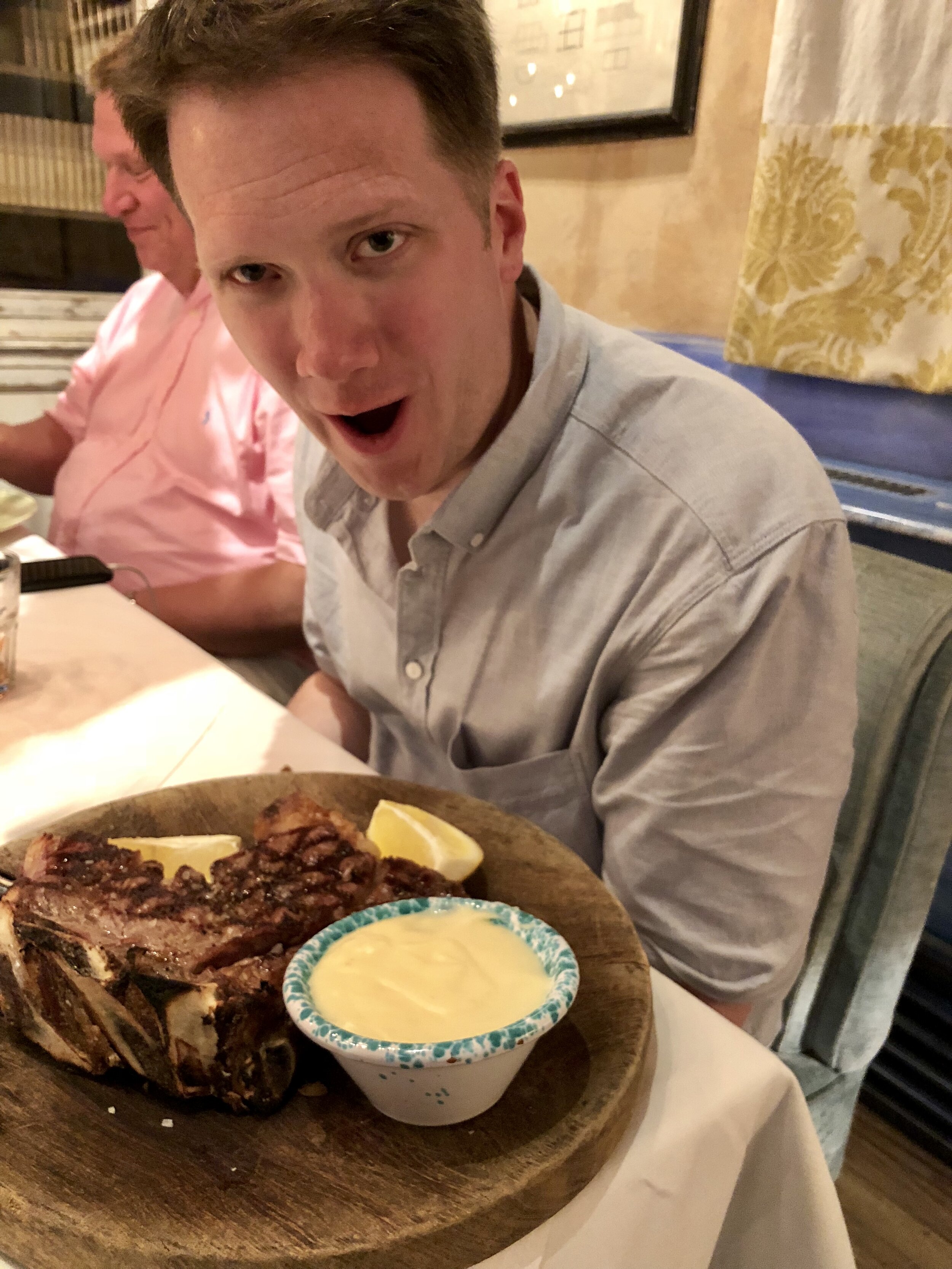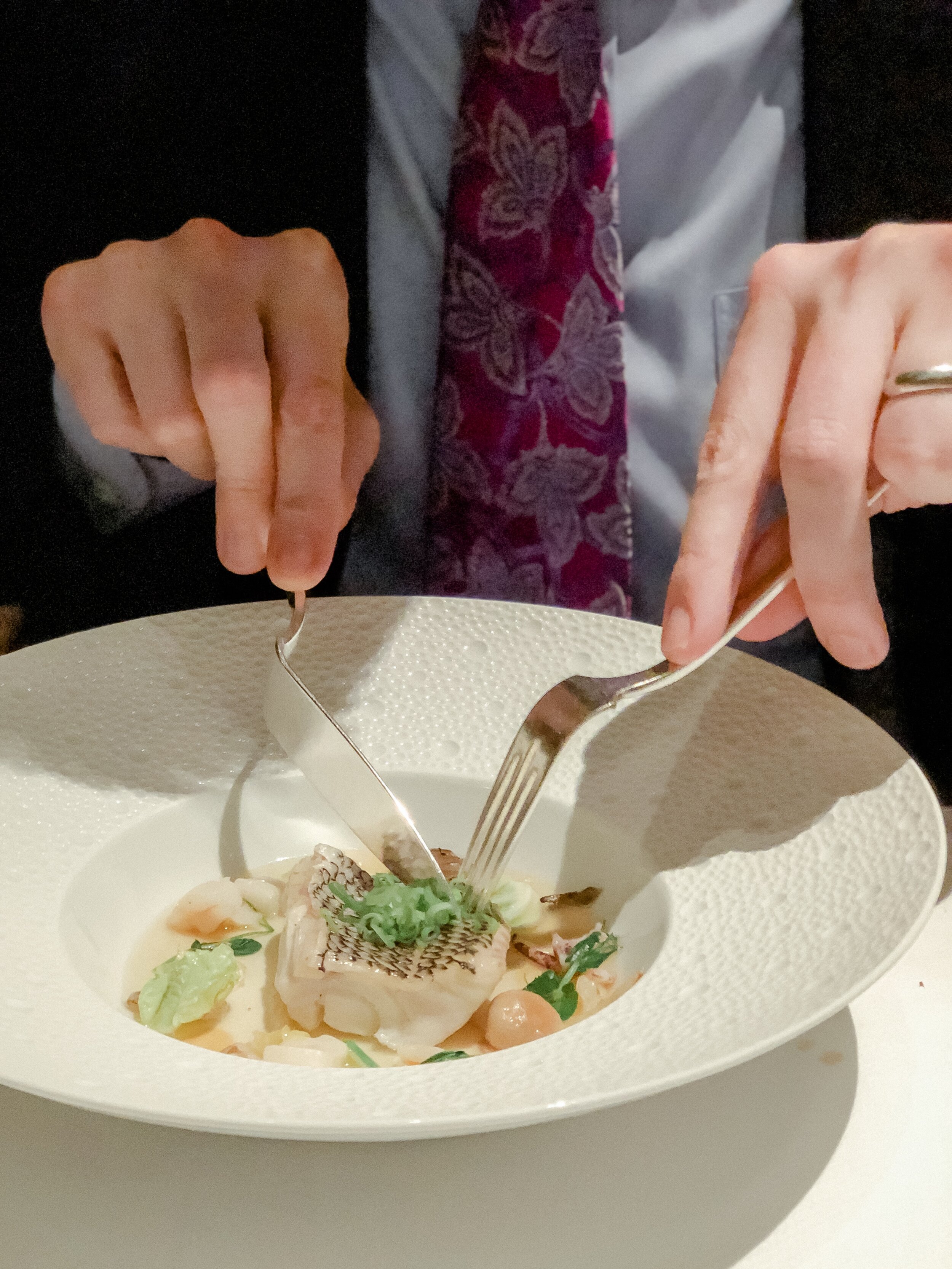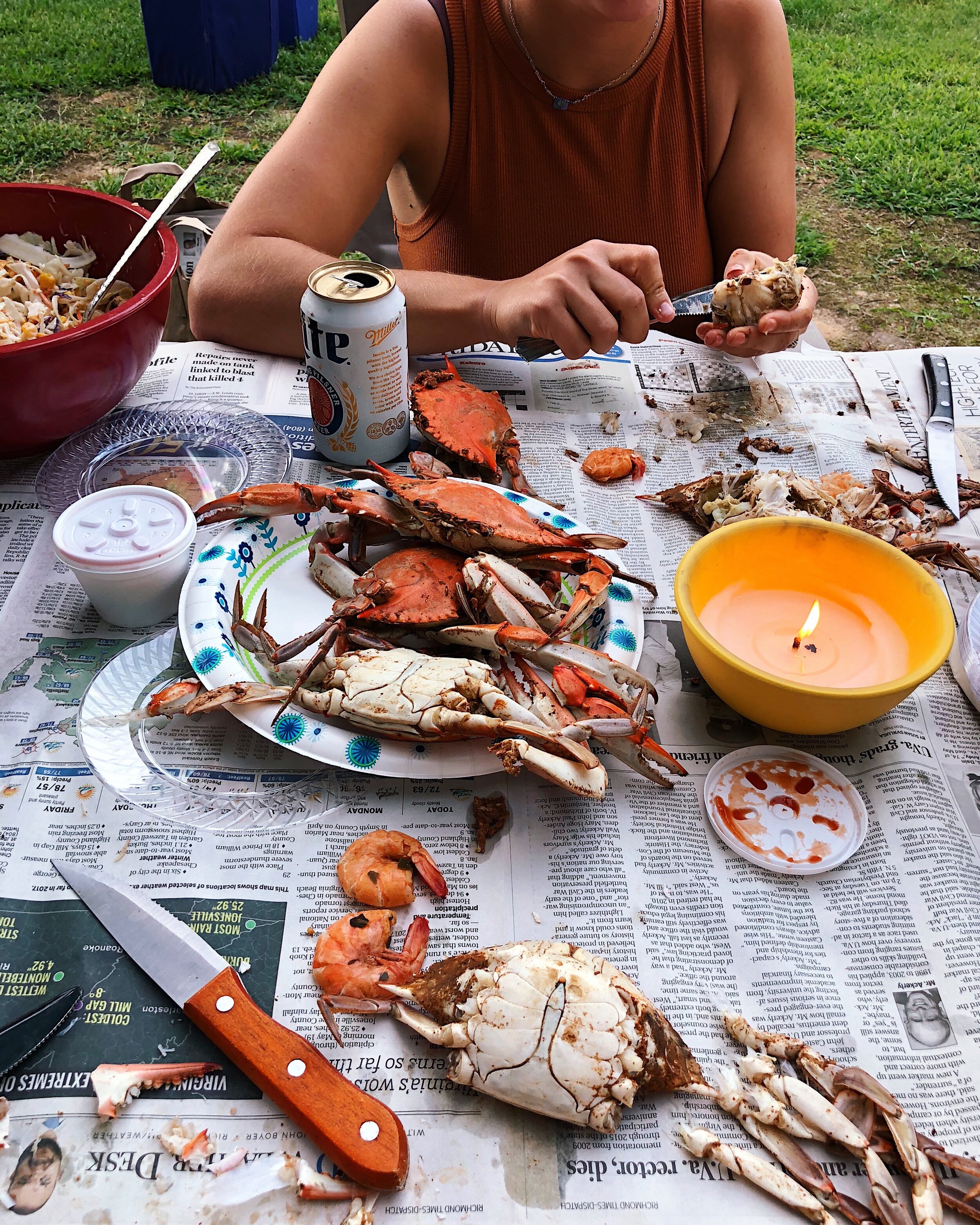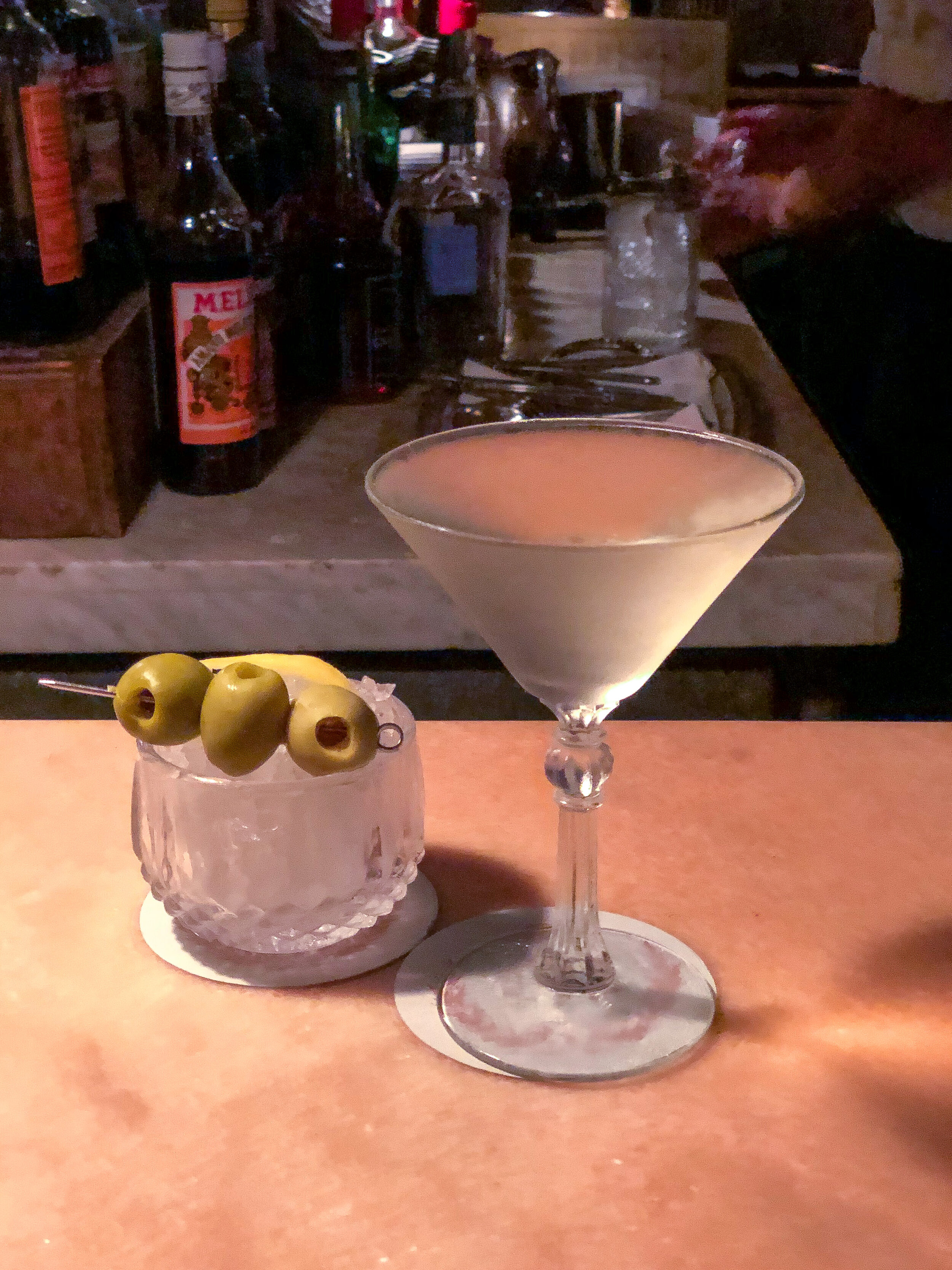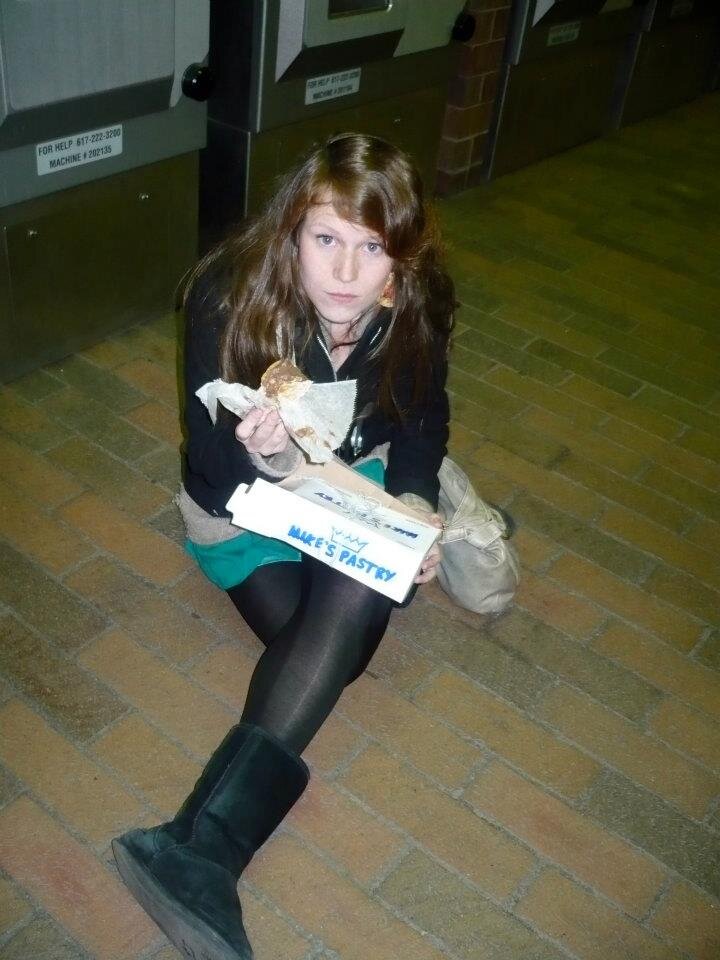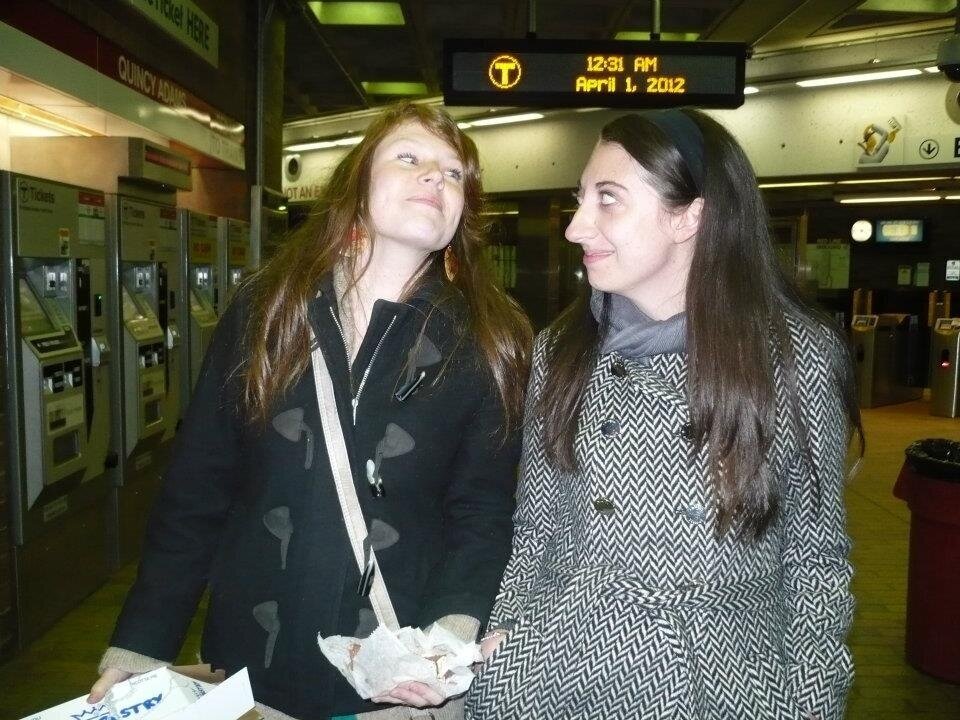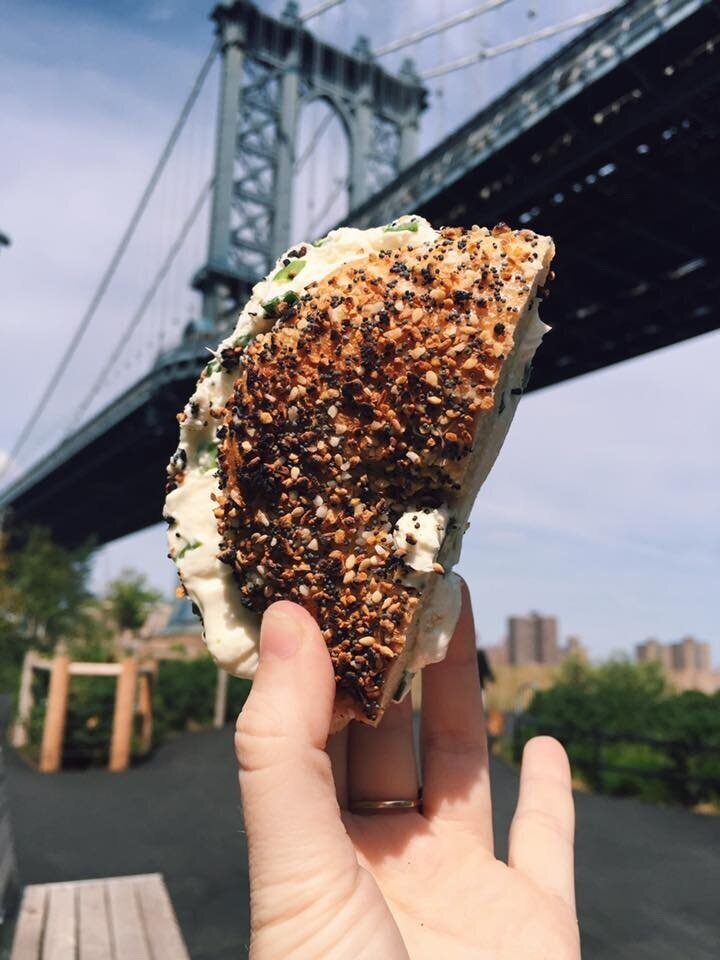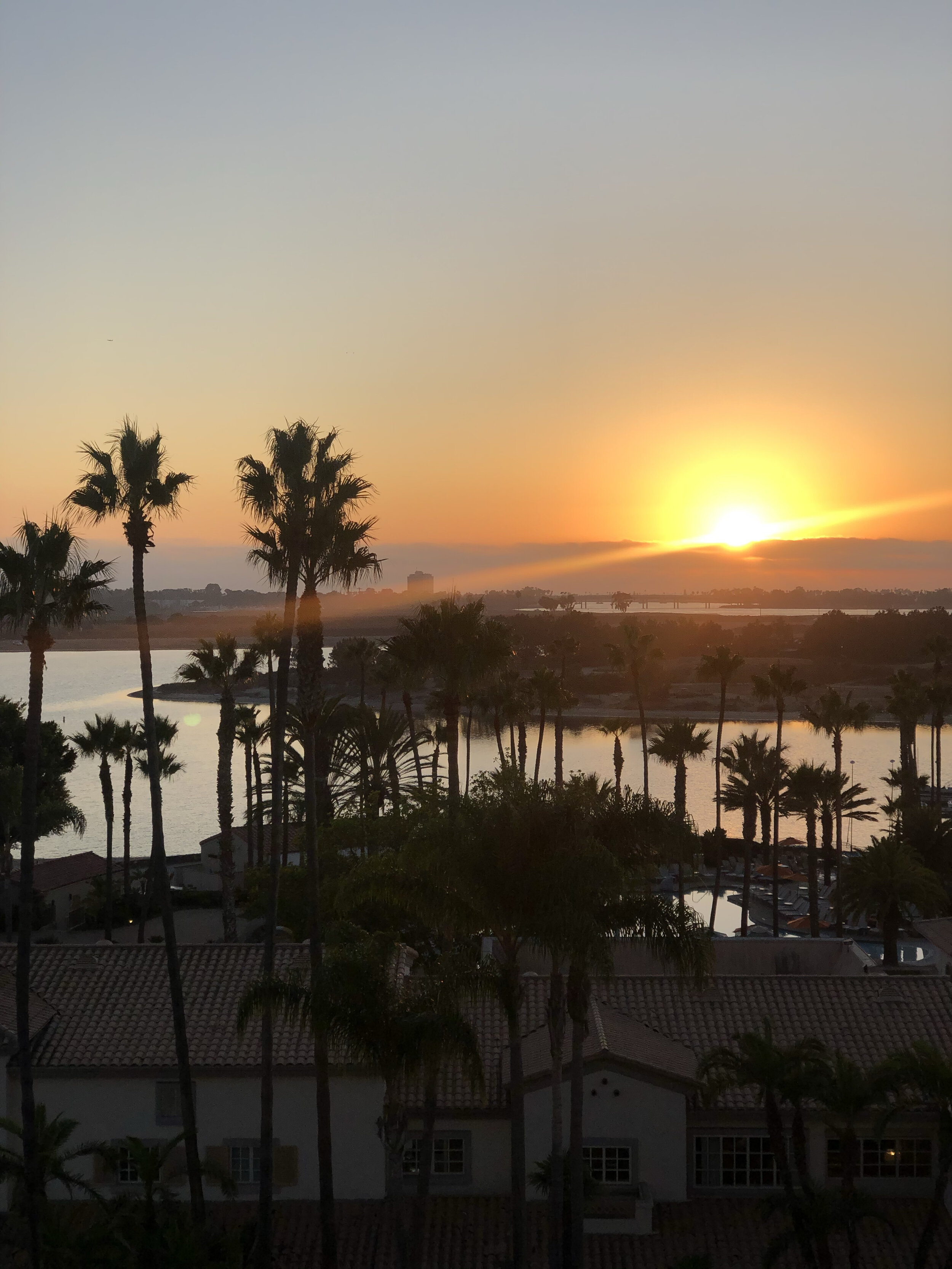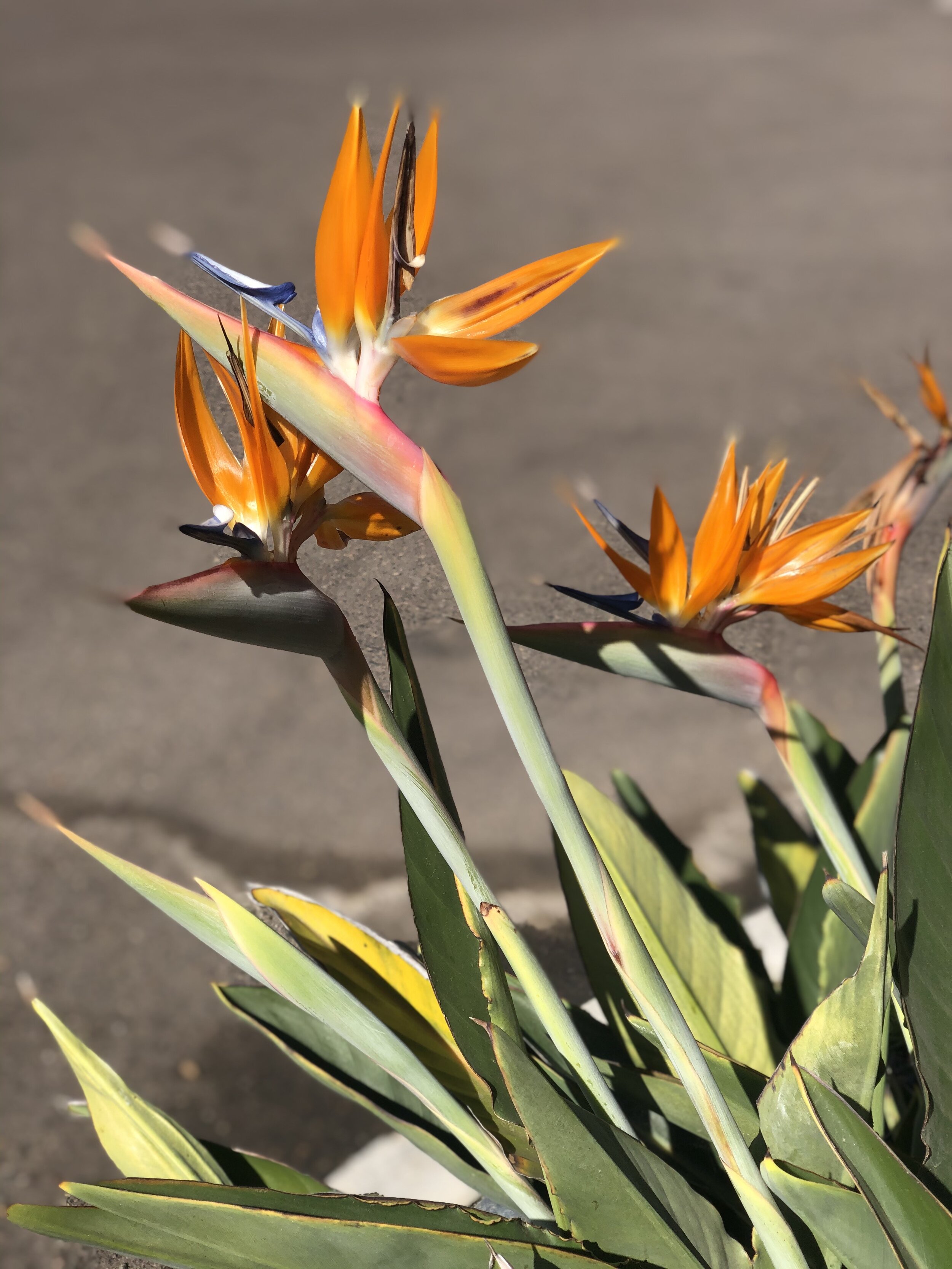I still remember the lobby of the Courtyard by Marriott on Broad Street.
We were living in Richmond, Virginia—maybe the Chester house? I was pretty young. Dad was the General Manager of this hotel. Even as a kid, I knew he was good at his job. When we would pop by to visit him at work, people always surrounded him, laughing and smiling. But there was something else there, too—which as an adult, I can identify as respect.
“Ok, when you shake hands with someone, you need to look them in the eye and give a firm shake. Like this,” Dad said.
“Why does it have to be firm?” I asked, because honestly my hands were small and that was hard and kind of hurt.
“Because it’s a sign of respect. People will take you seriously!”
The rest of that visit, first-grade me practiced shaking hands with anyone in a uniform. I loved Dad’s employees. They would be rolling laundry through the hotel, or checking someone in, and having the best time (from my little eyes—it’s hard work). They had all of these inside jokes. Sometimes, the front desk staff would let me pretend to answer the phone. If it was the afternoon, they might even sneak me Otis Spunkmeyer cookies from the kitchen.
And there were many prank wars—I learned how to short sheet a bed and saran wrap a toilet seat before I learned how to multiply. There was also a notorious whipped cream fight that ended at the hospital…
Then, Dad was selected to open a new hotel: Courtyard Richmond Northwest. She was a beaut. Brand new everything—and oh, did Dad have opinions! The carpet in the lobby was too orange, the pictures were not quite right, and on and on. It was his baby, and he was so proud of the team that opened it with him.
Flash forward a few years, and I was working in the breakfast restaurant of that same hotel. Dad had moved on to another position within Marriott (Elsie Ward was the Queen of the castle at that point, and what a nurturing queen she was). It might seem silly, because I was 16 and working the lowest position, but I took my job very seriously. This was still my Dad’s hotel! I had to keep up the family tradition—laughter, hard work, and respect for my coworkers.
Now, it’s 2021 and the hotel industry is in such despair as COVID continues to rip through our world. Dad has worked at Marriott for over 30 years. Unfortunately, tomorrow is his last day. It seems so unceremonious.
I understand why it’s happening, of course, but as with many people who lose their jobs after devoting decades to a company, it’s just… hard. Long ago, this world became a part of his identity—and now he is being asked to sever those deep ties.
However. My Dad is alive, COVID-free, and already looking to jump into his next adventure. We really can’t complain, can we? If I look at the three big truths here, this is what I see: my Dad is sad. My family is sad. And we will be well.
But, if you’re ever driving down the highways of Virginia or Georgia, and you see a Courtyard by Marriott? Think of my Dad, Bob Fitzgerald. Think of how he started as a dishwasher at Days Inn and worked his way up to an Area Director over three decades. Think of how he taught his oldest daughter to shake hands, firmly, right there in the lobby. Think of the pride he took in his work.
When you drive by, think of how he, and hundreds of other people, were a part of that hotel’s story


